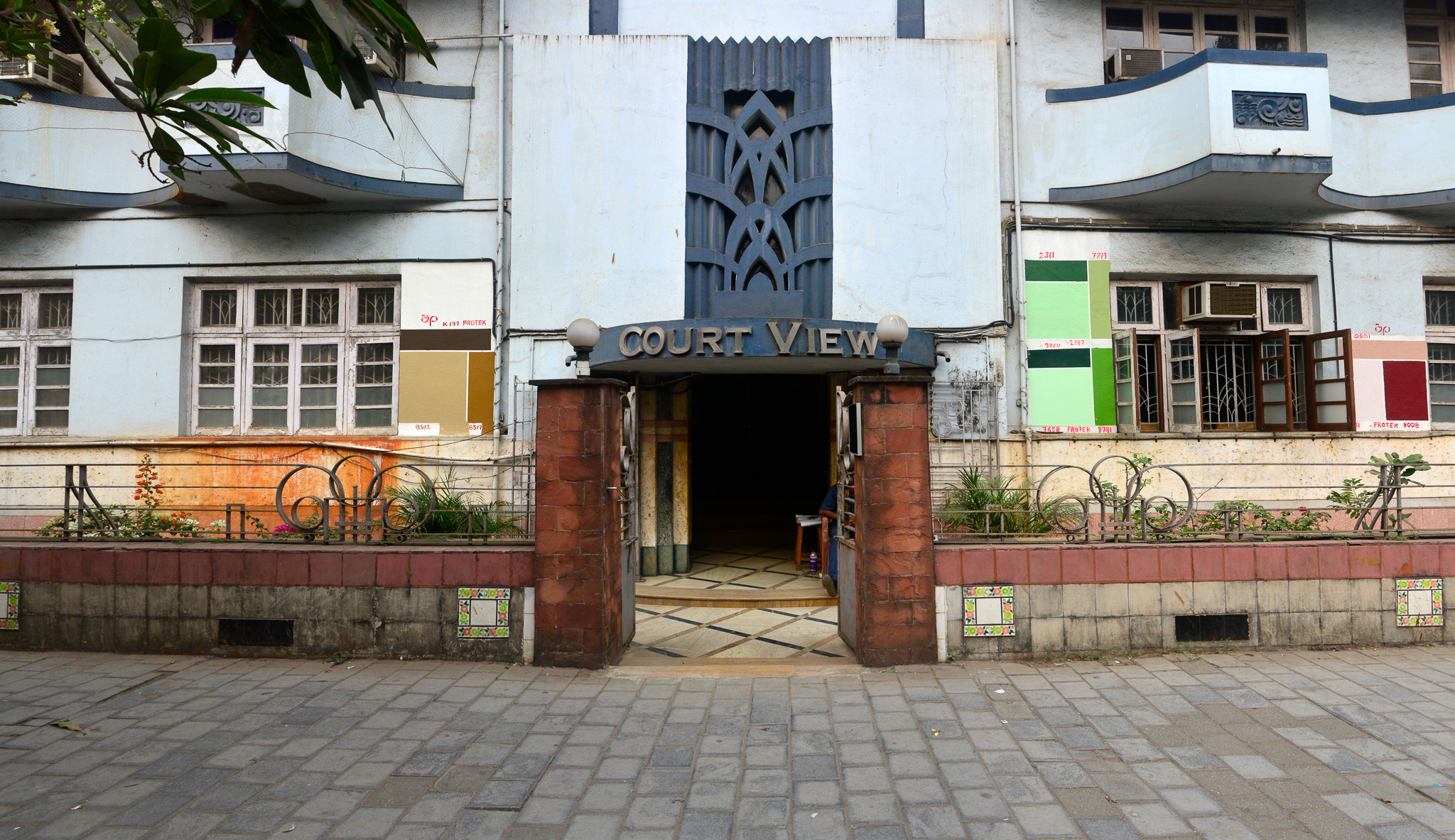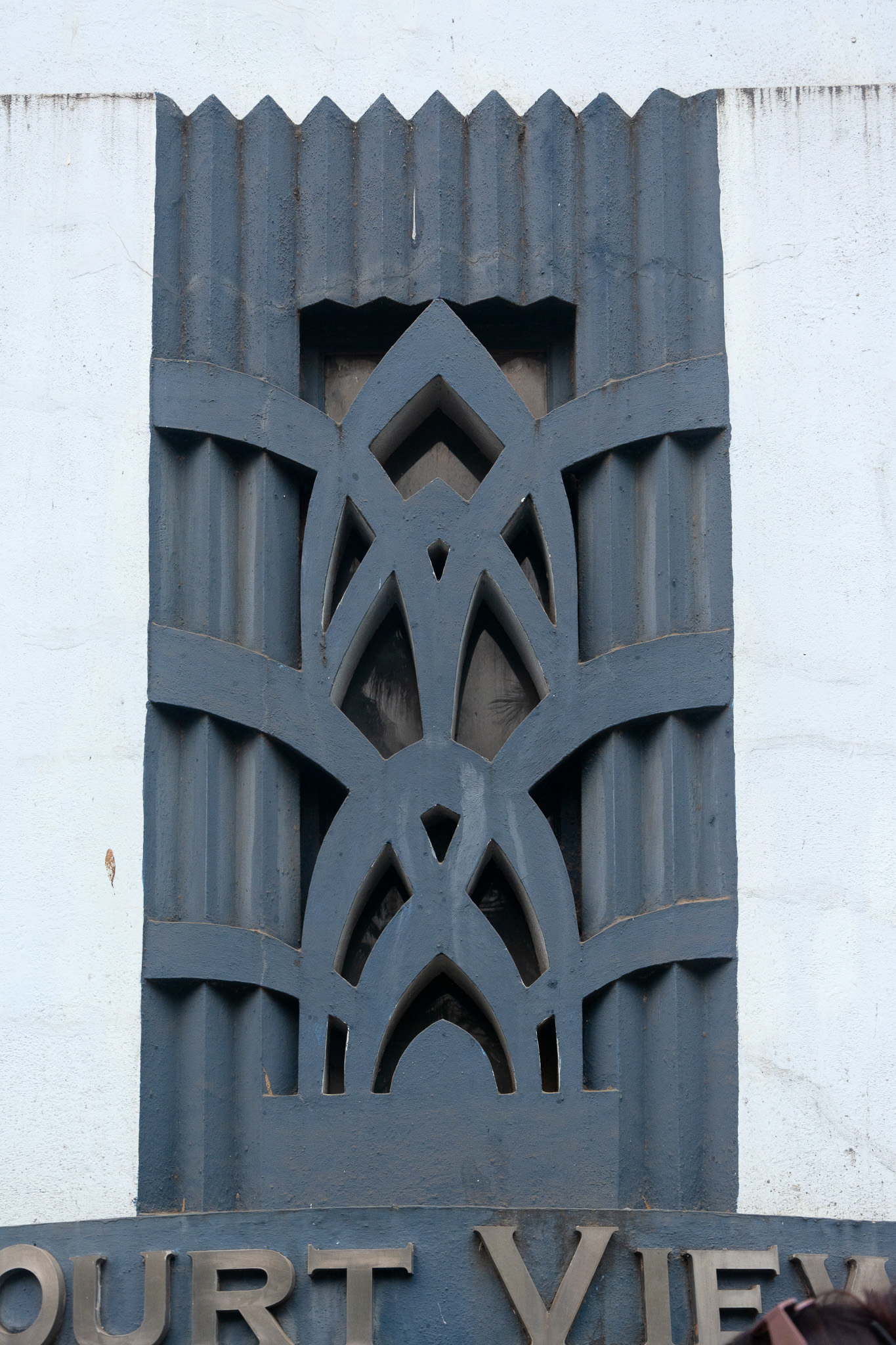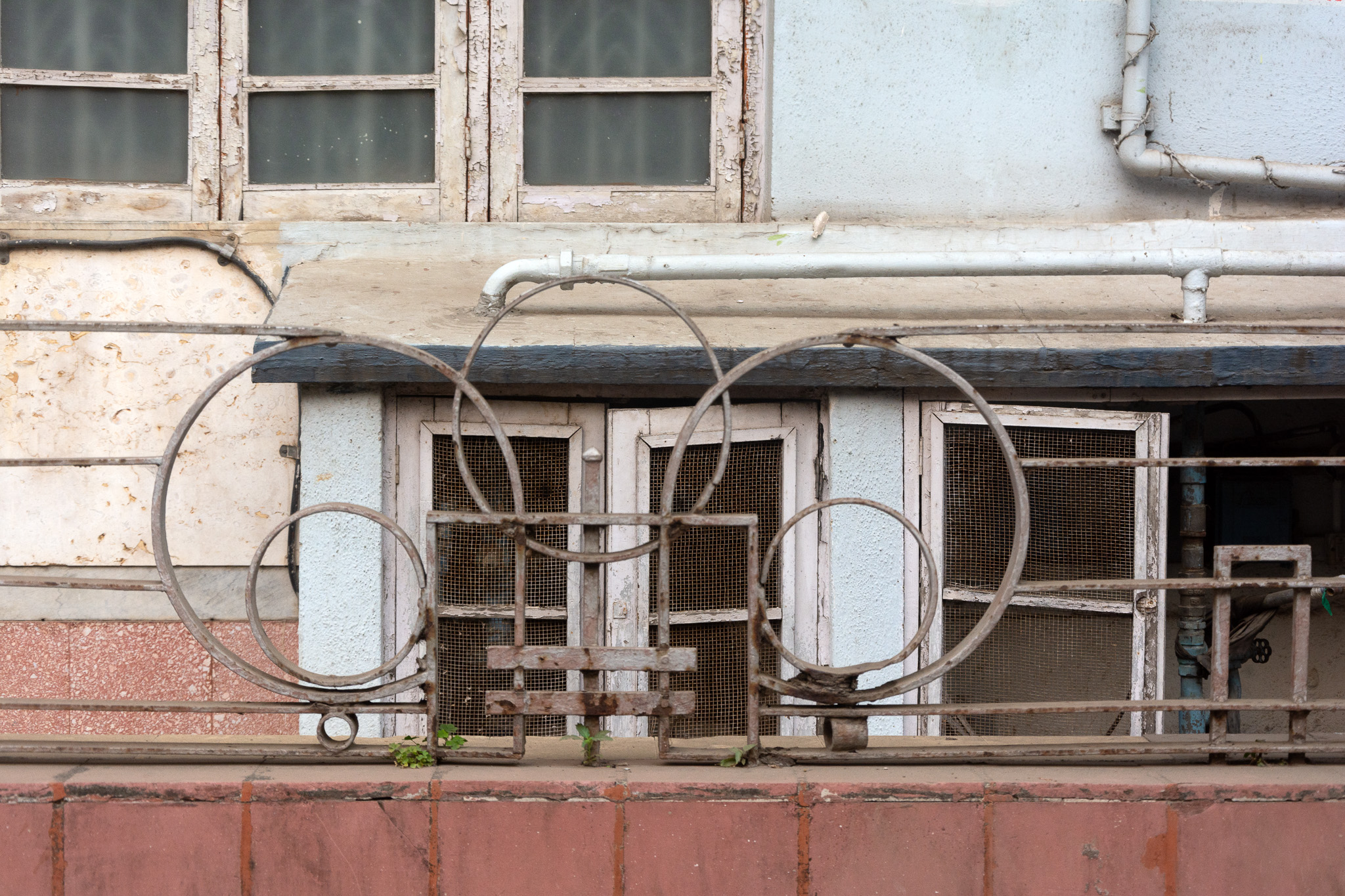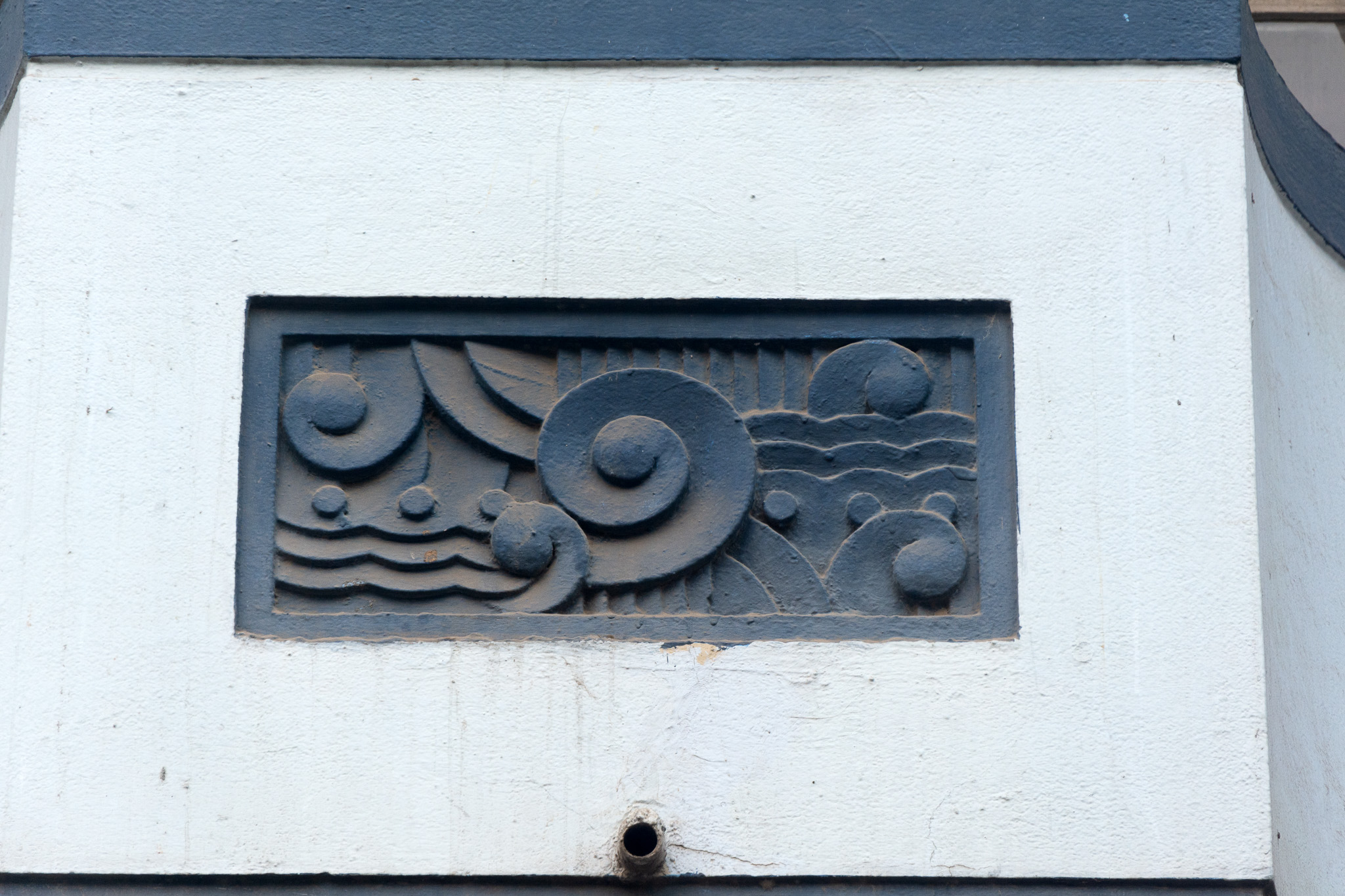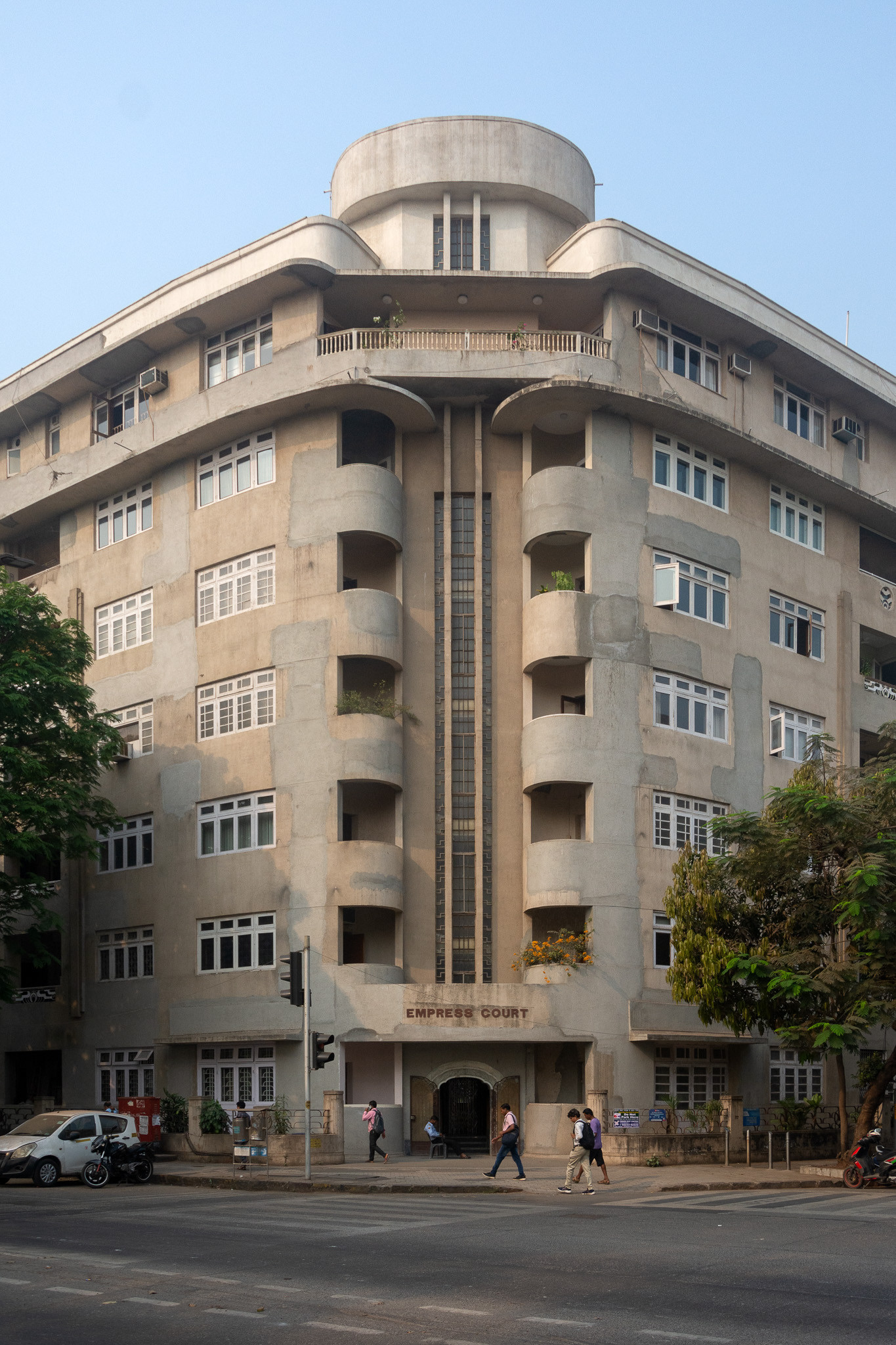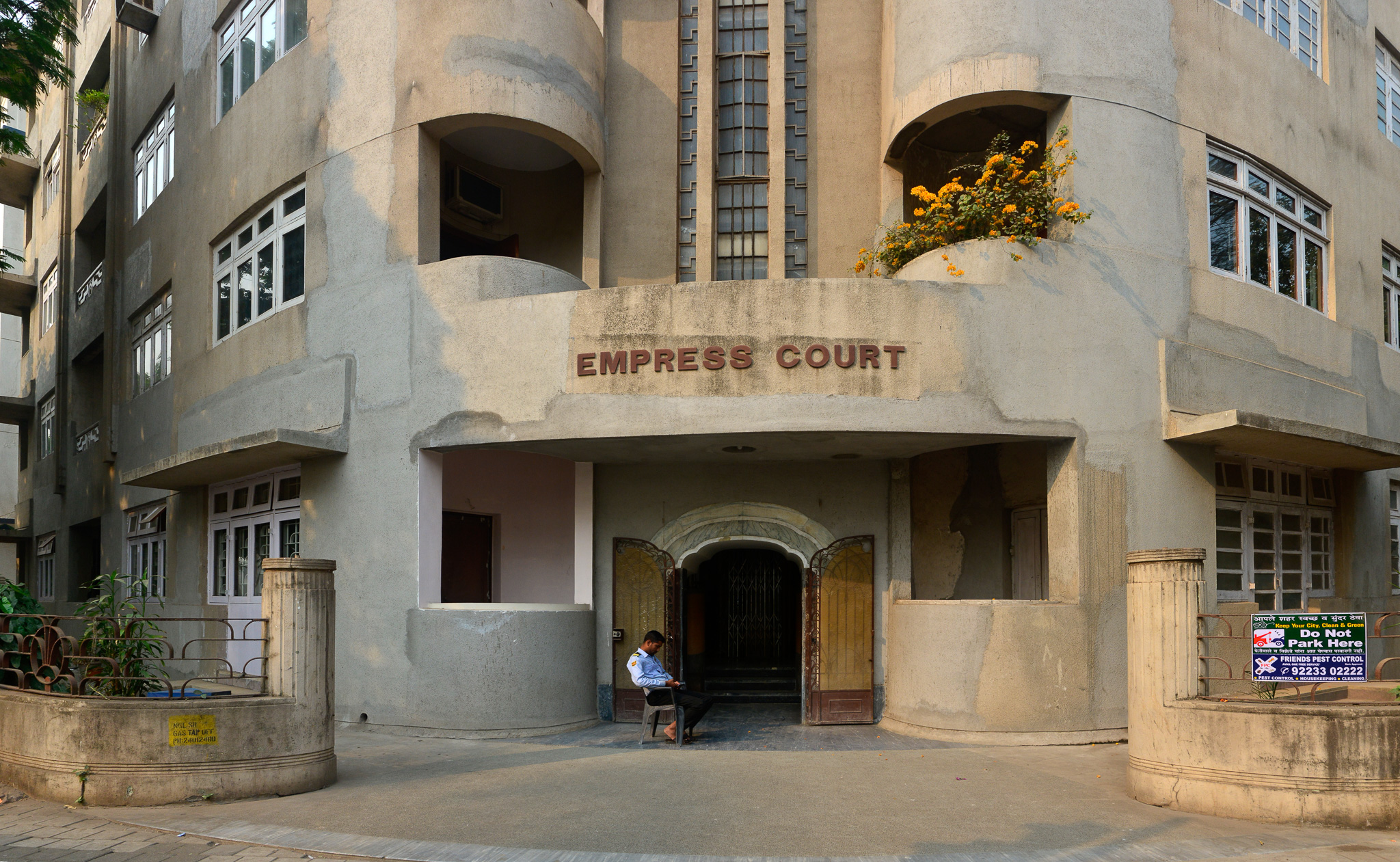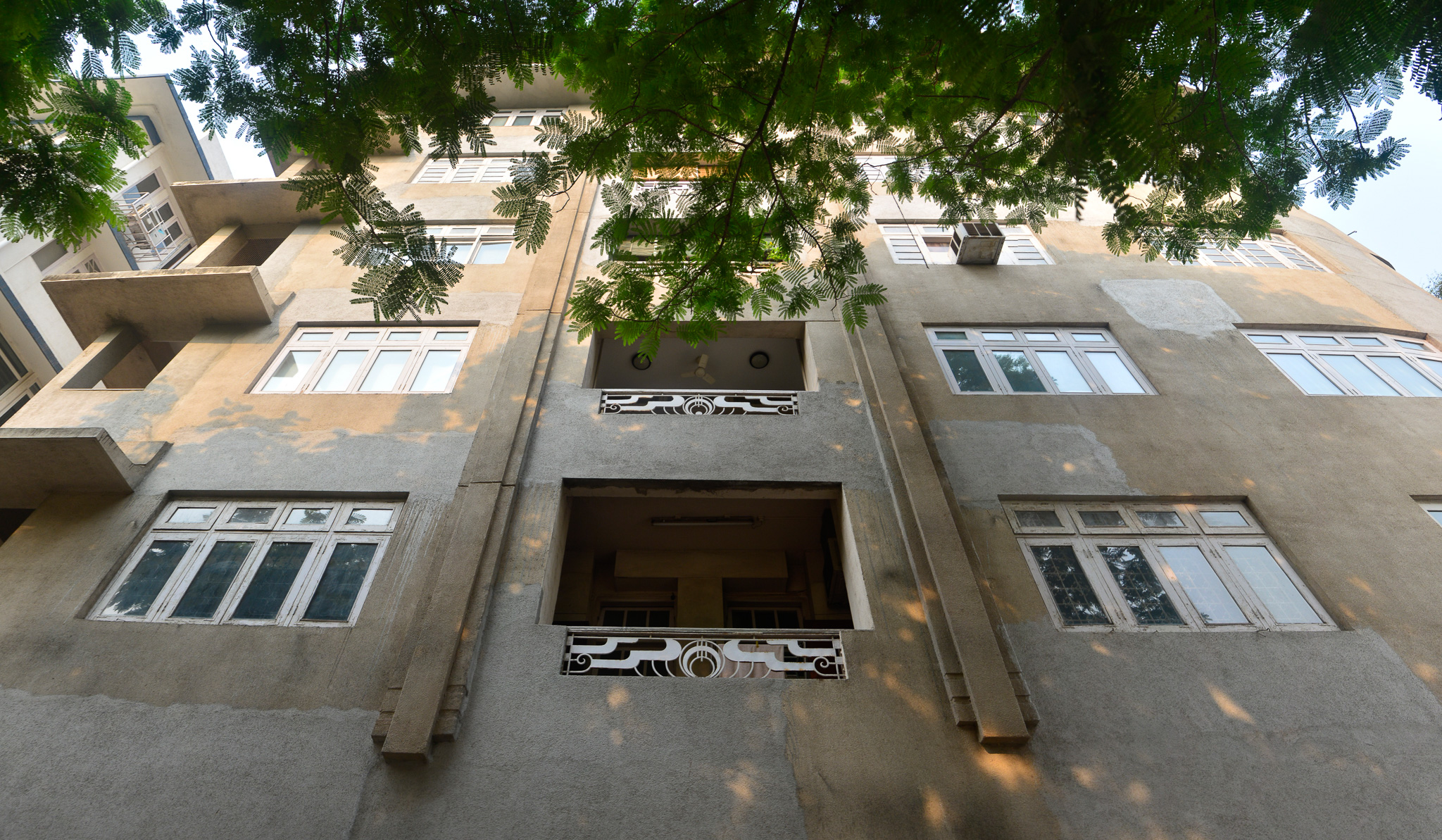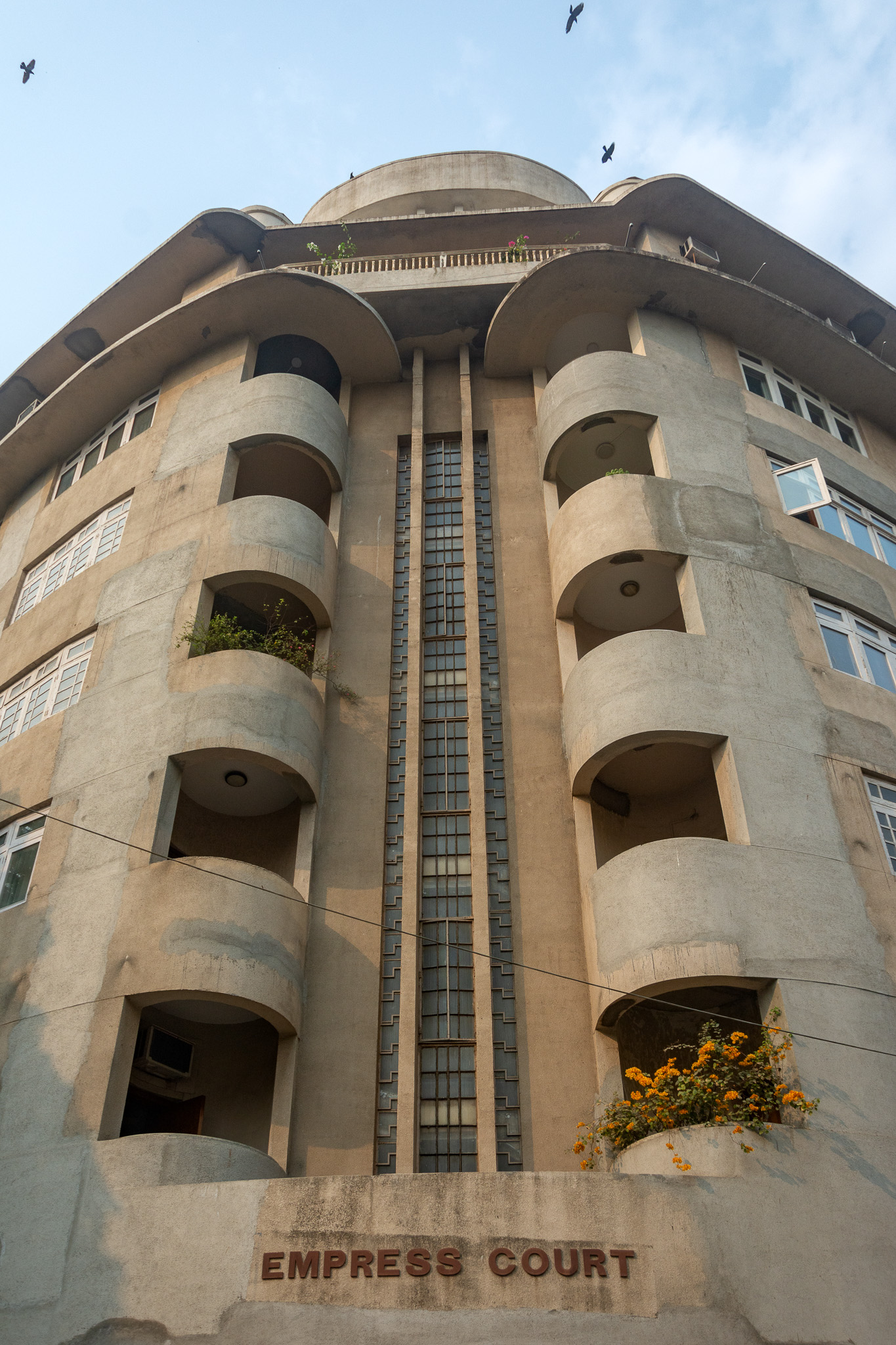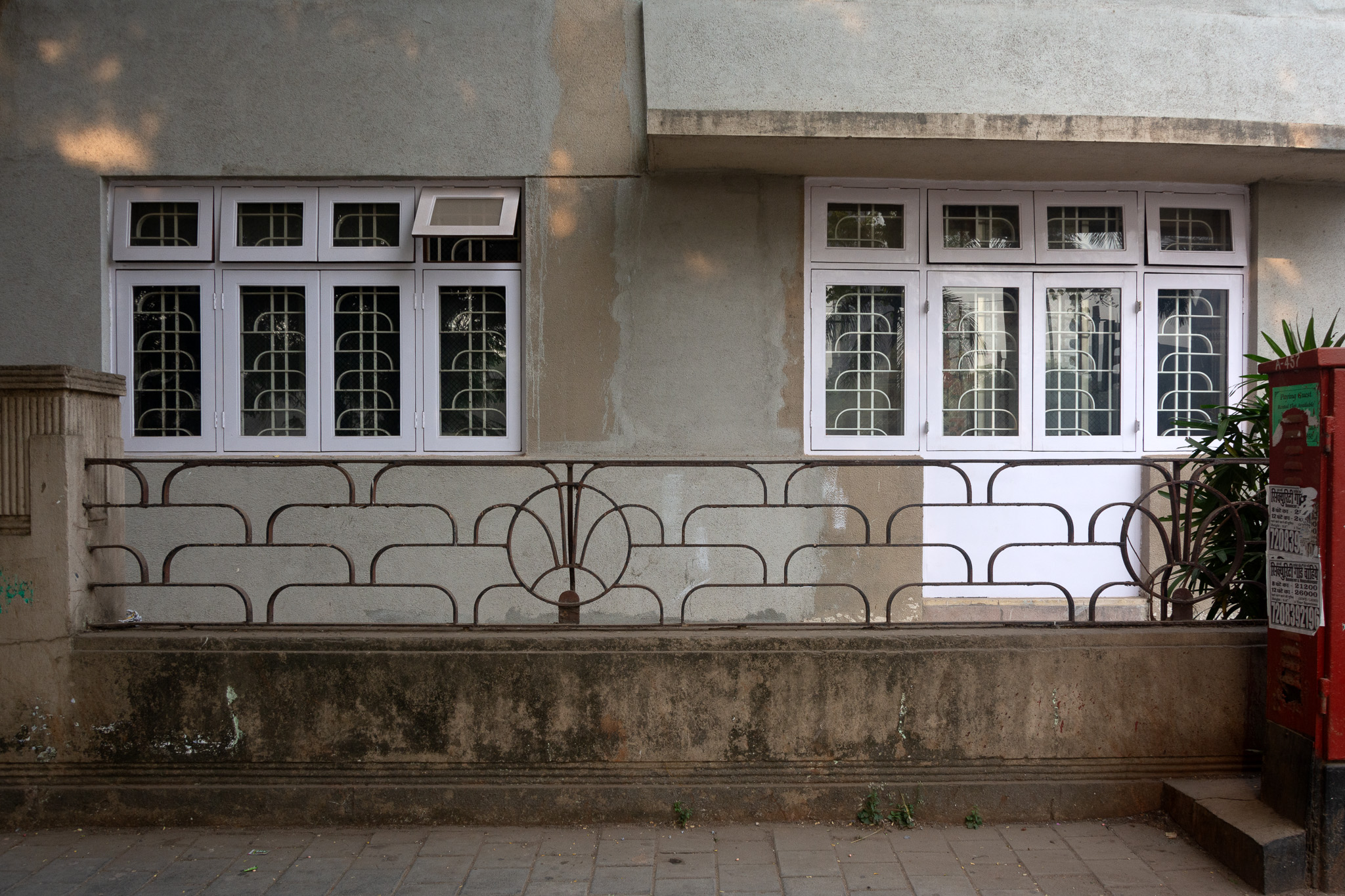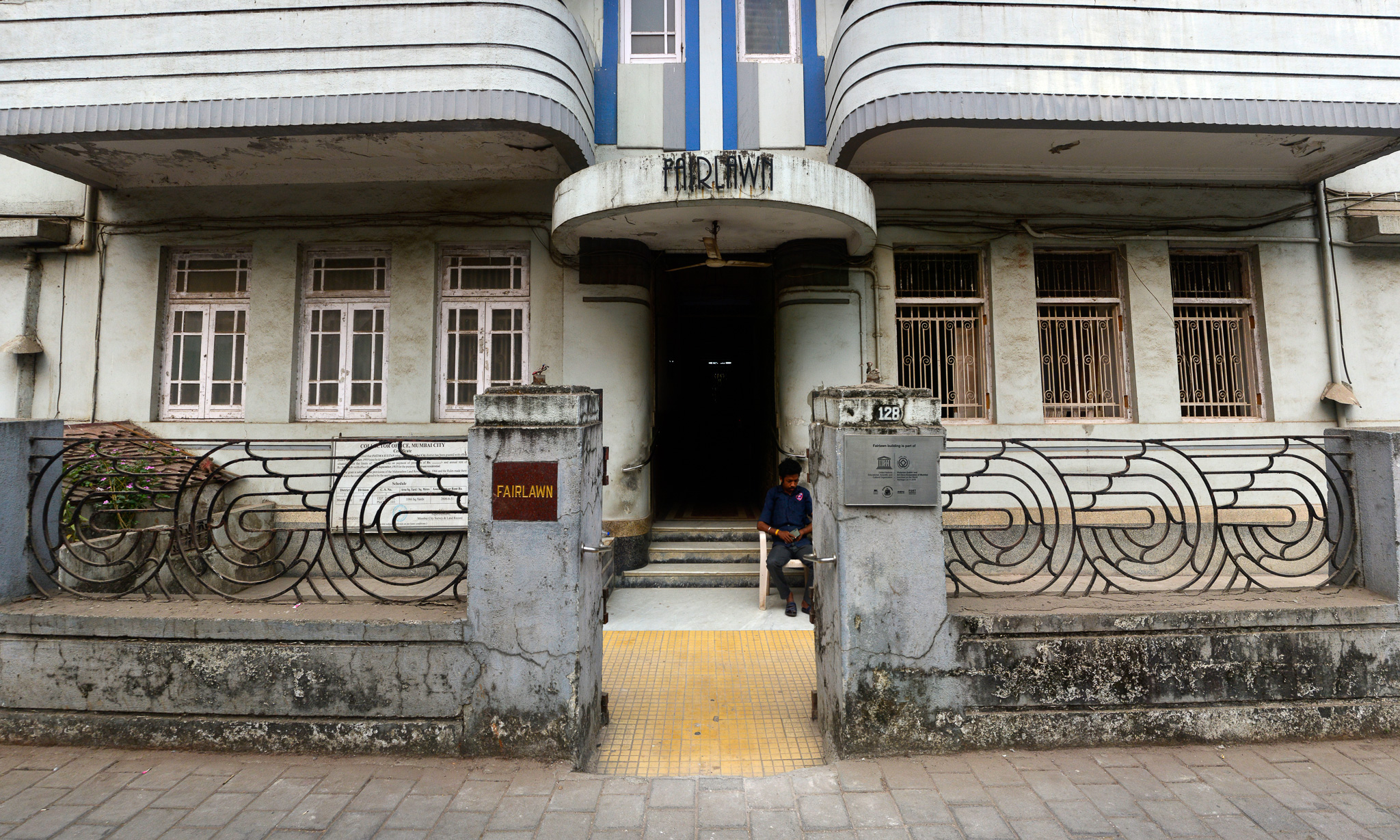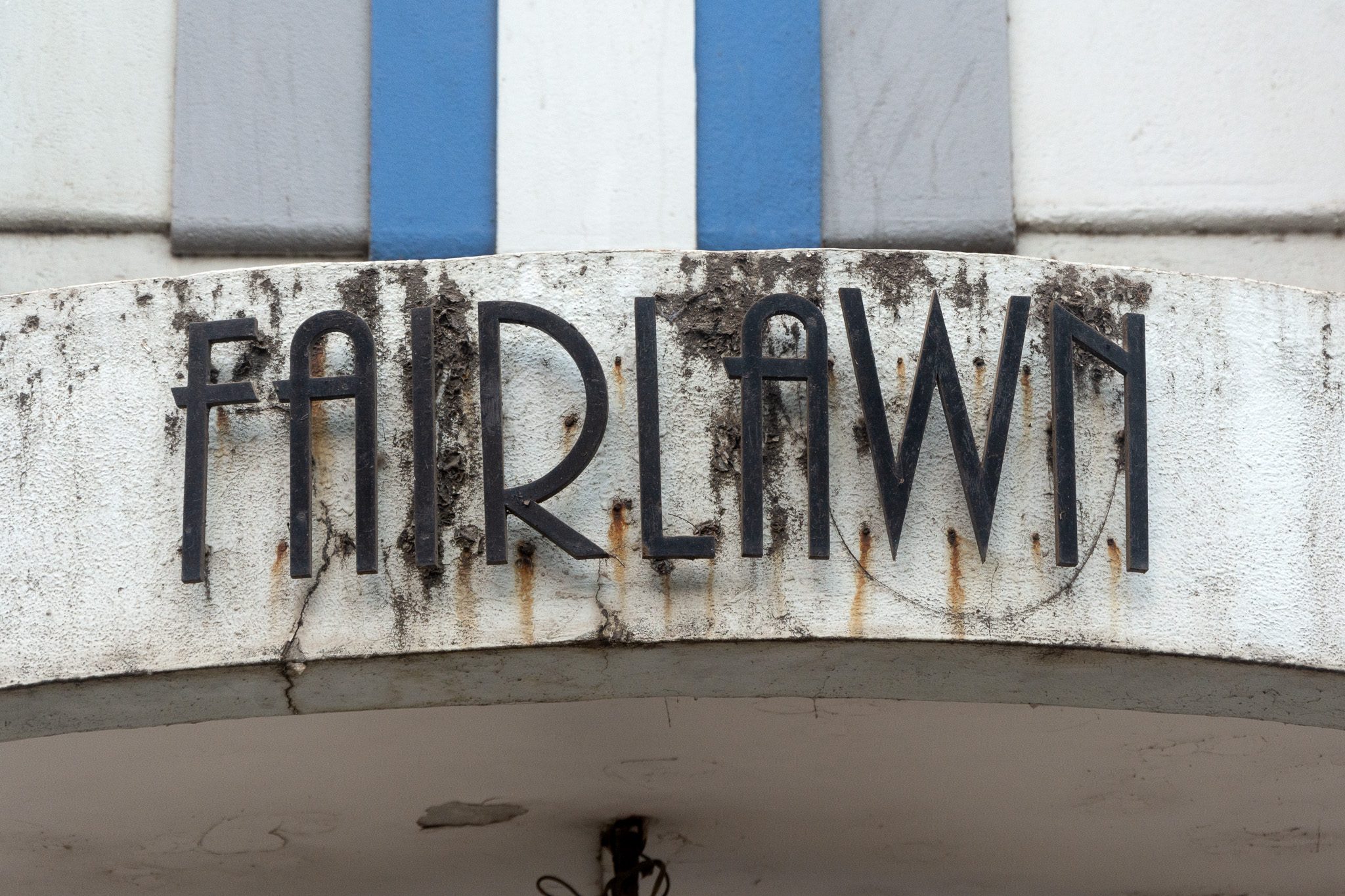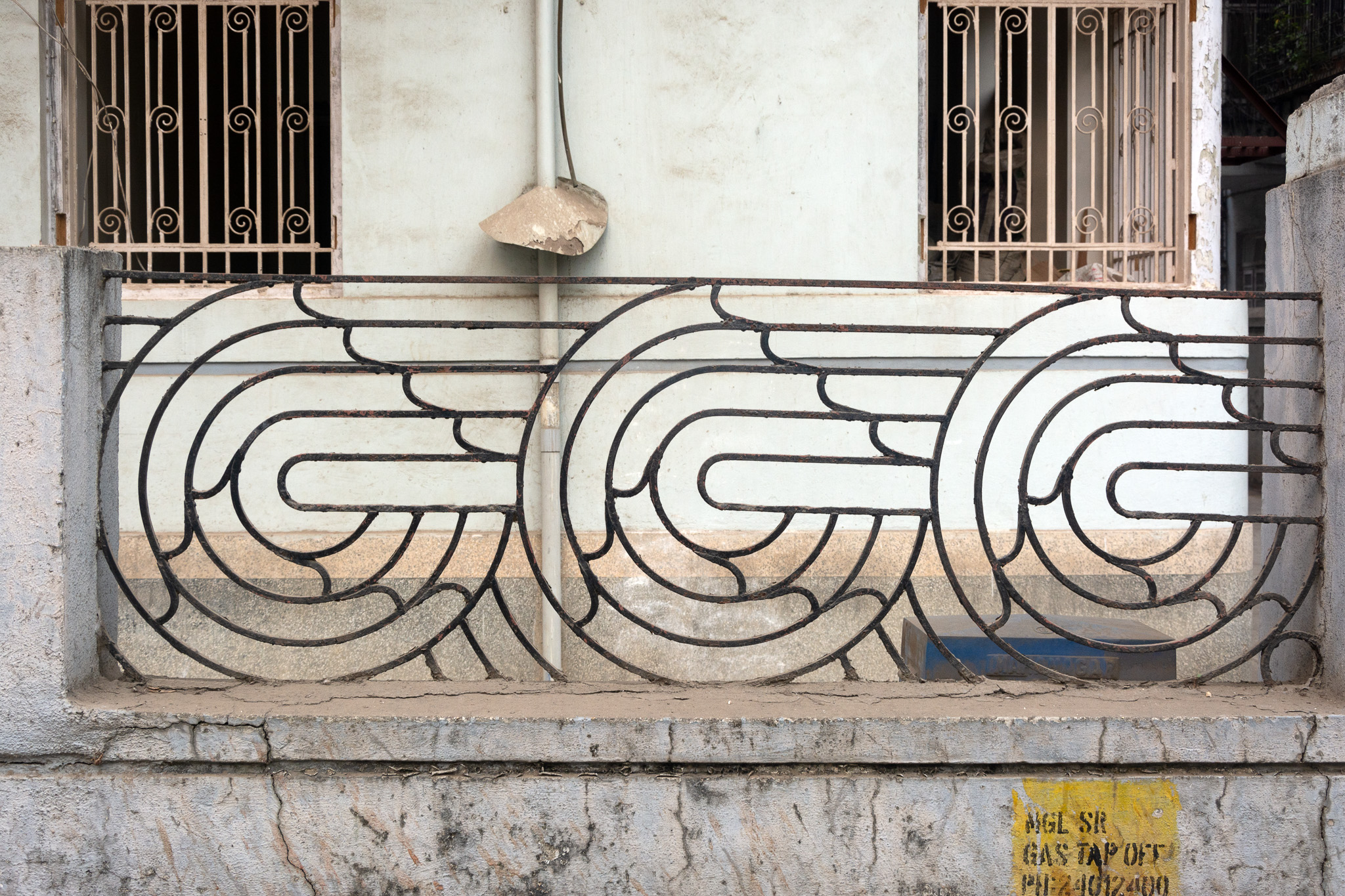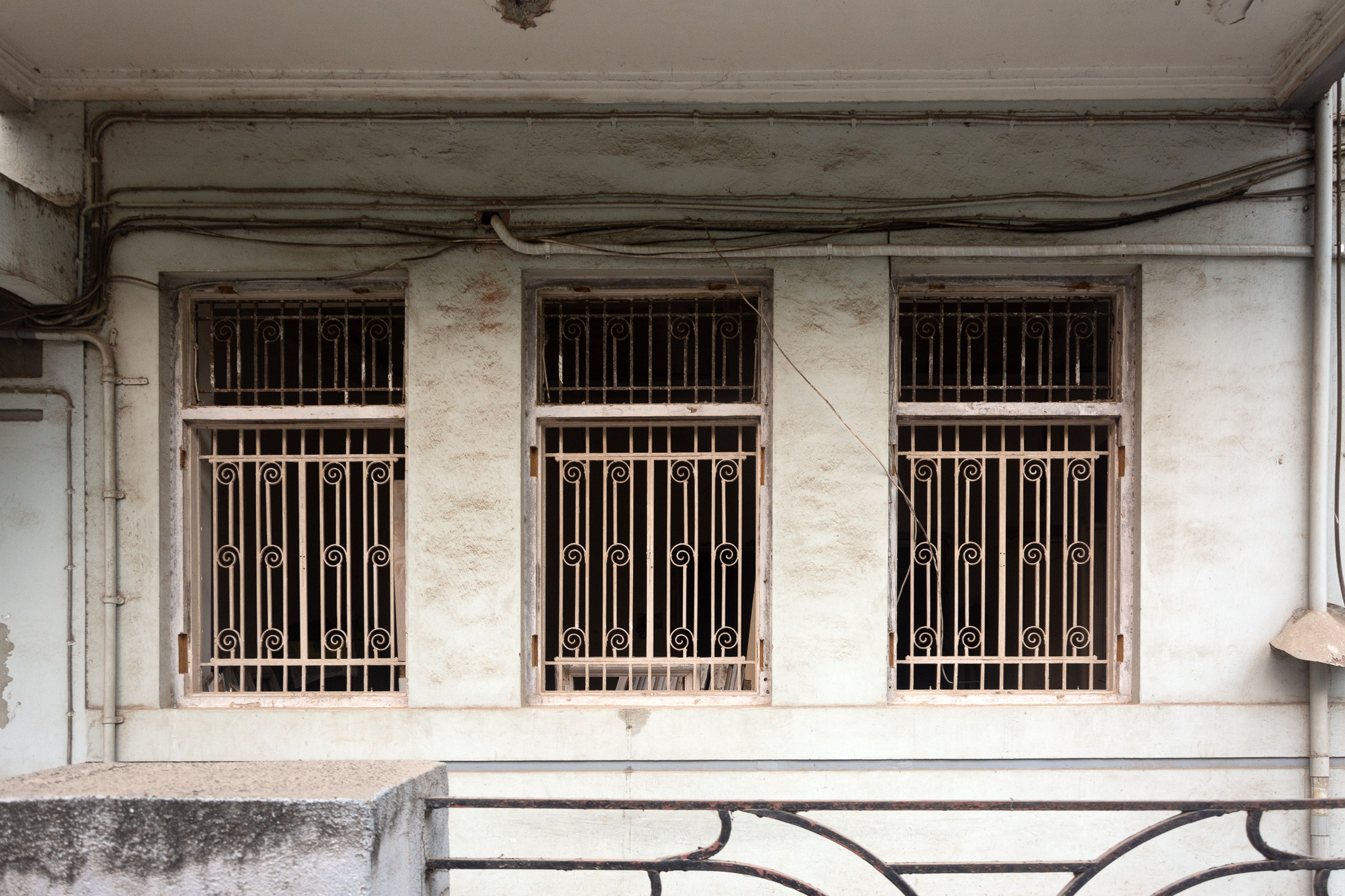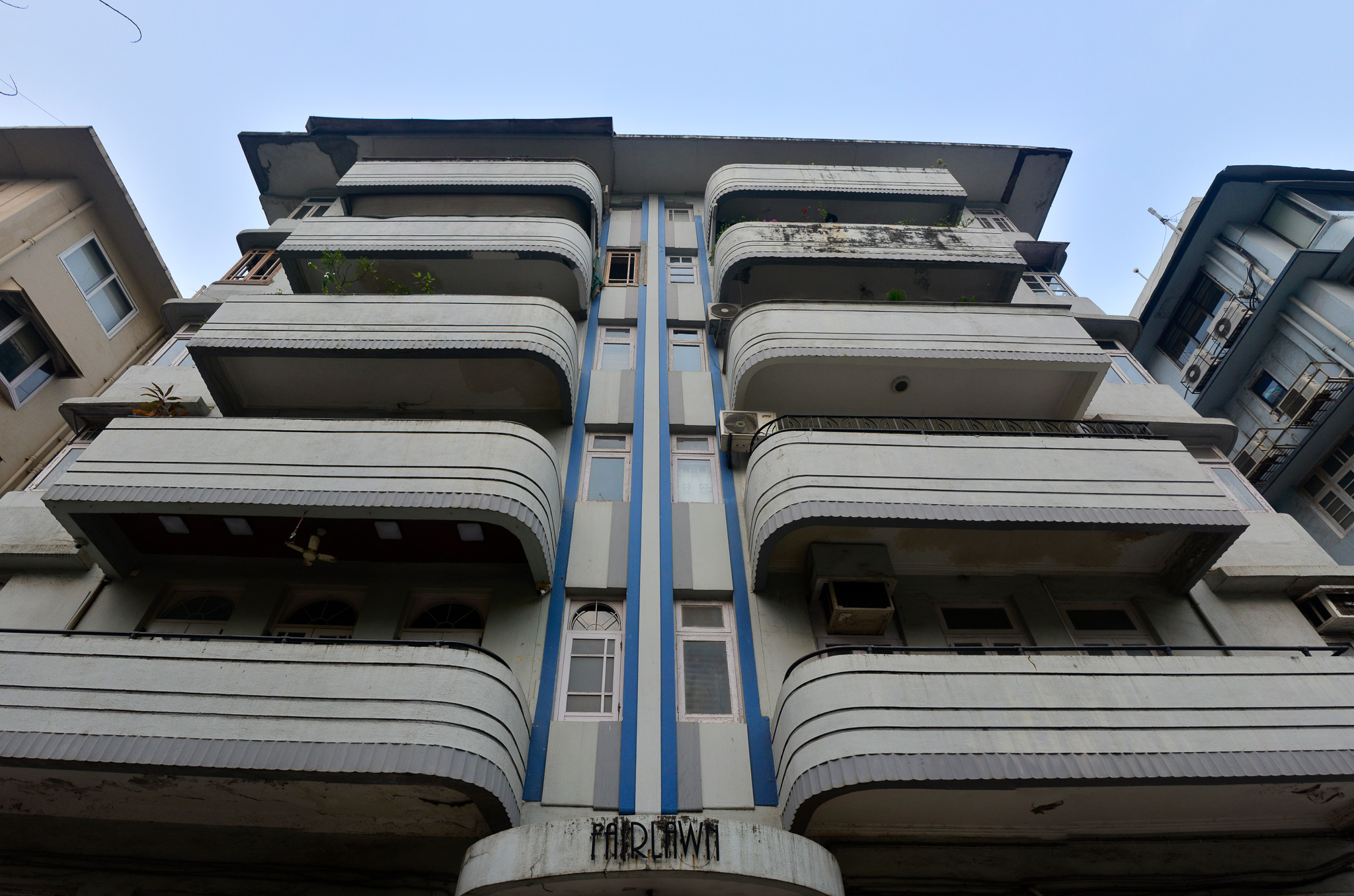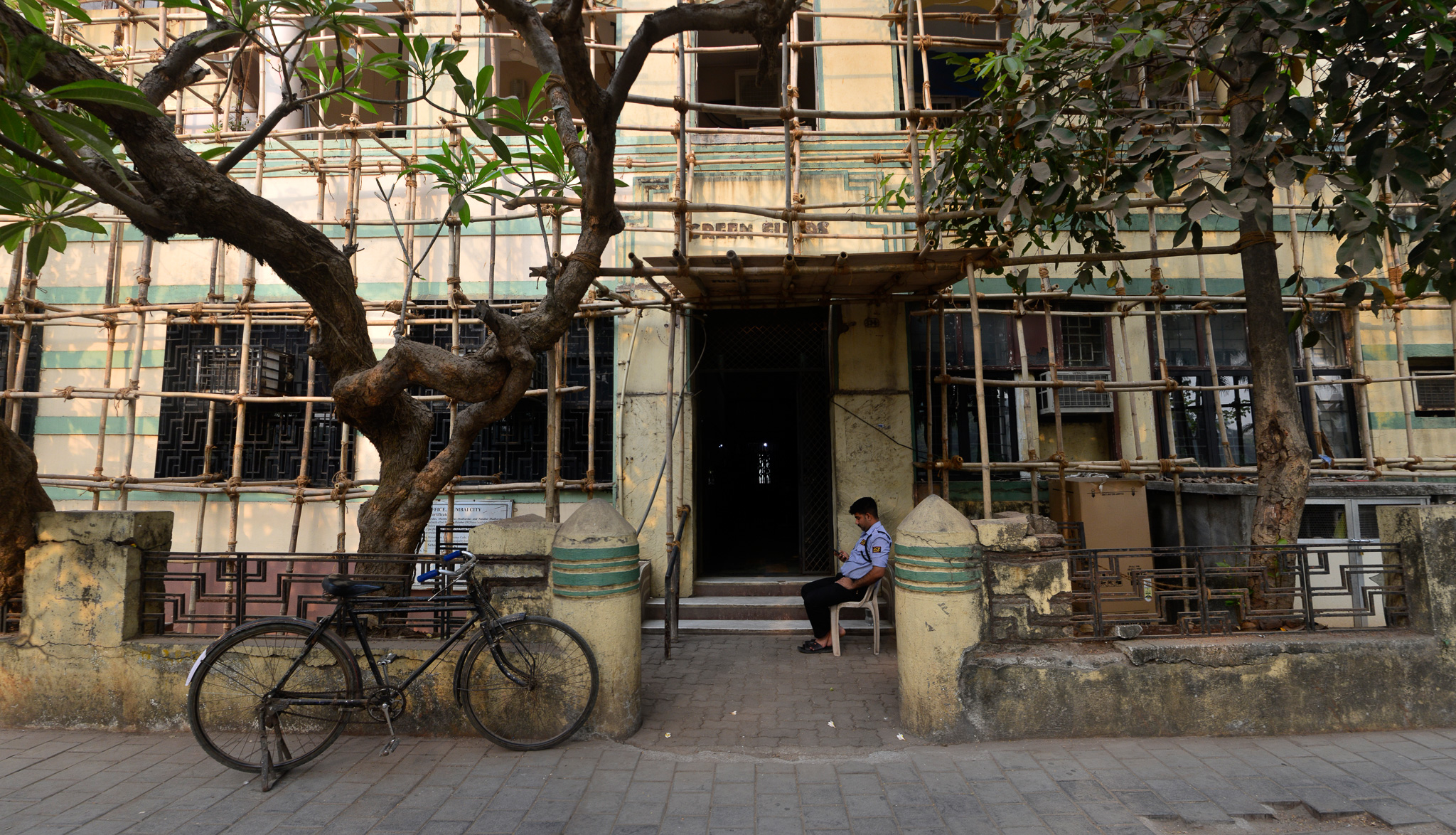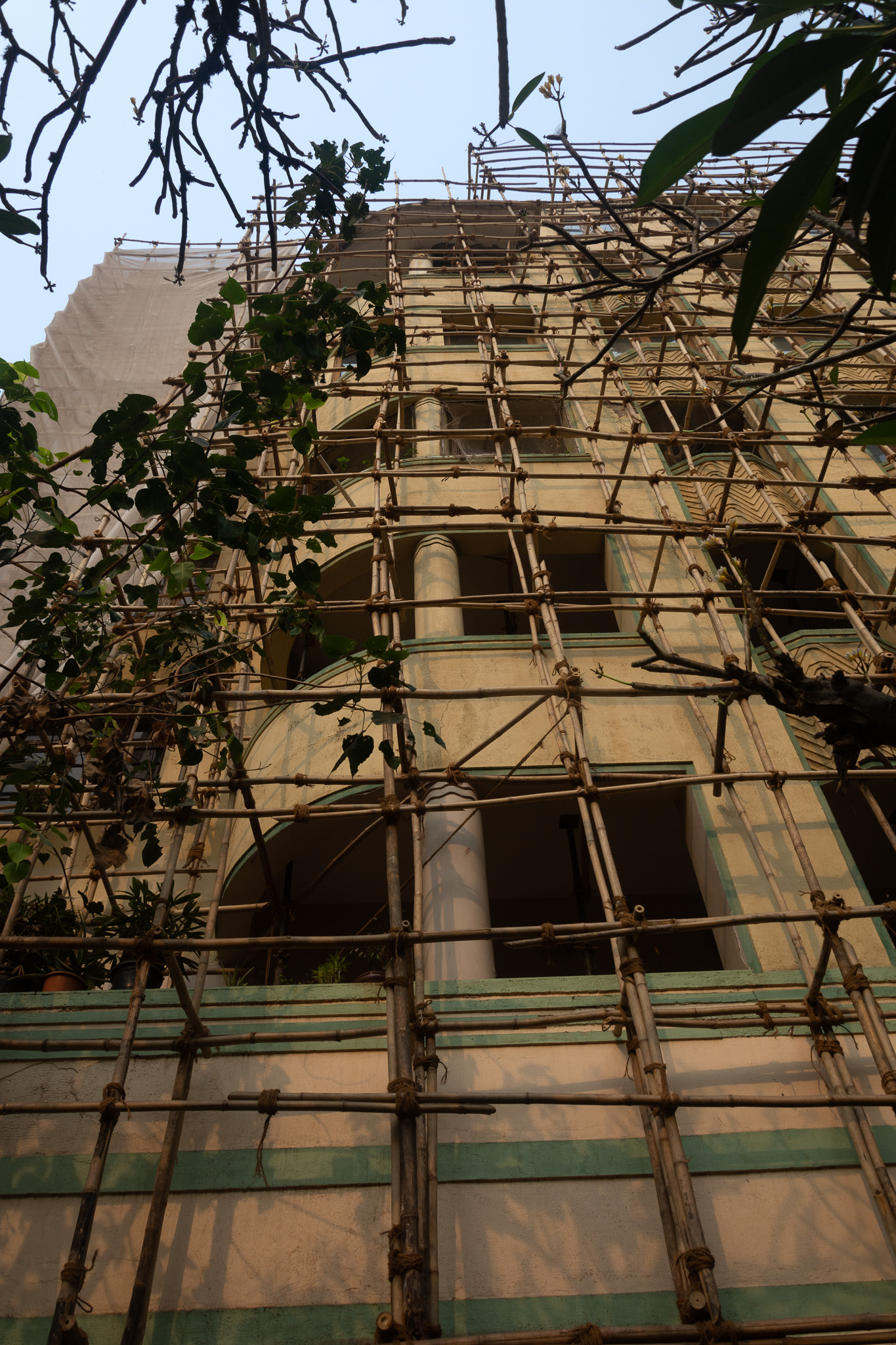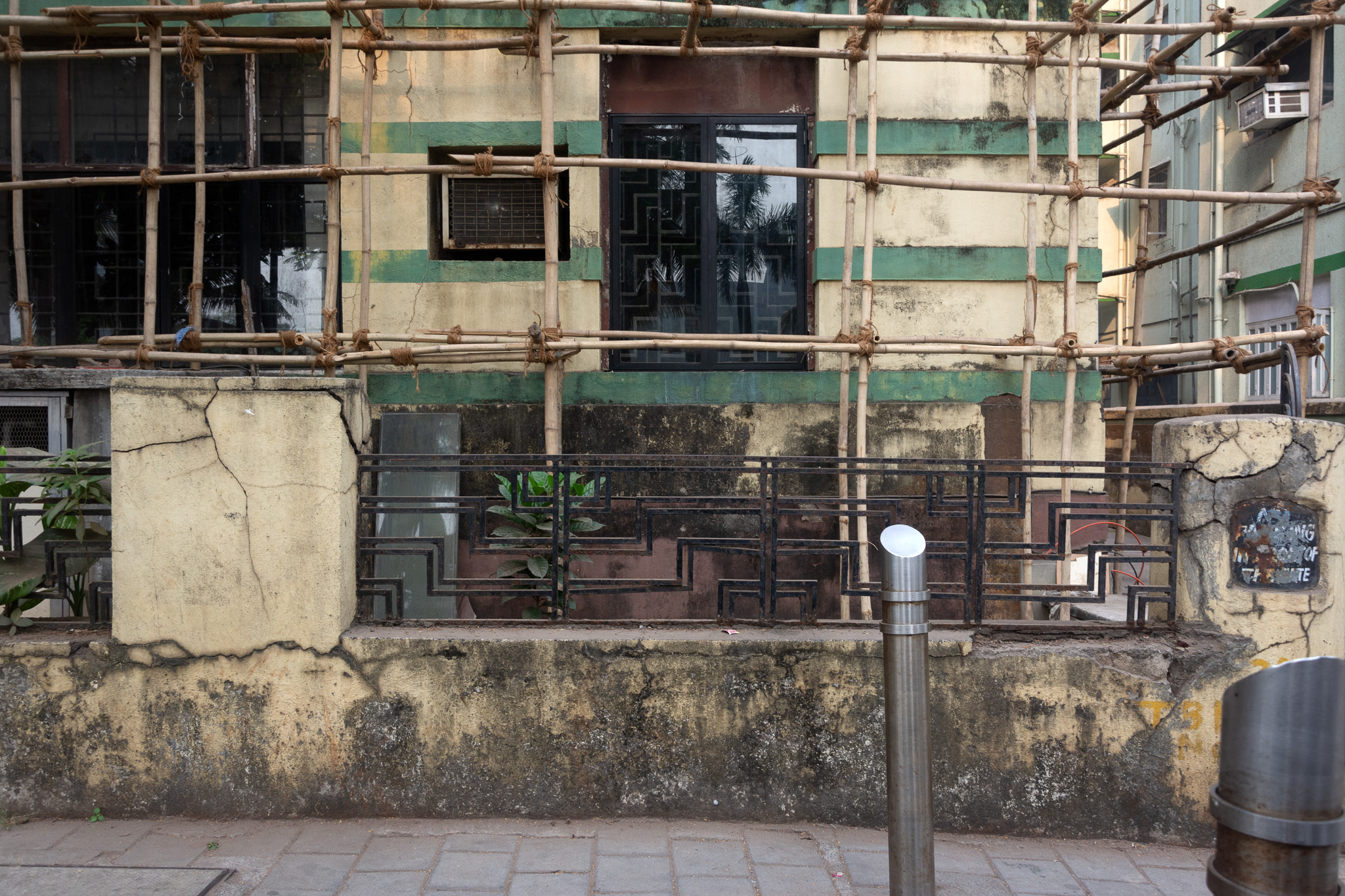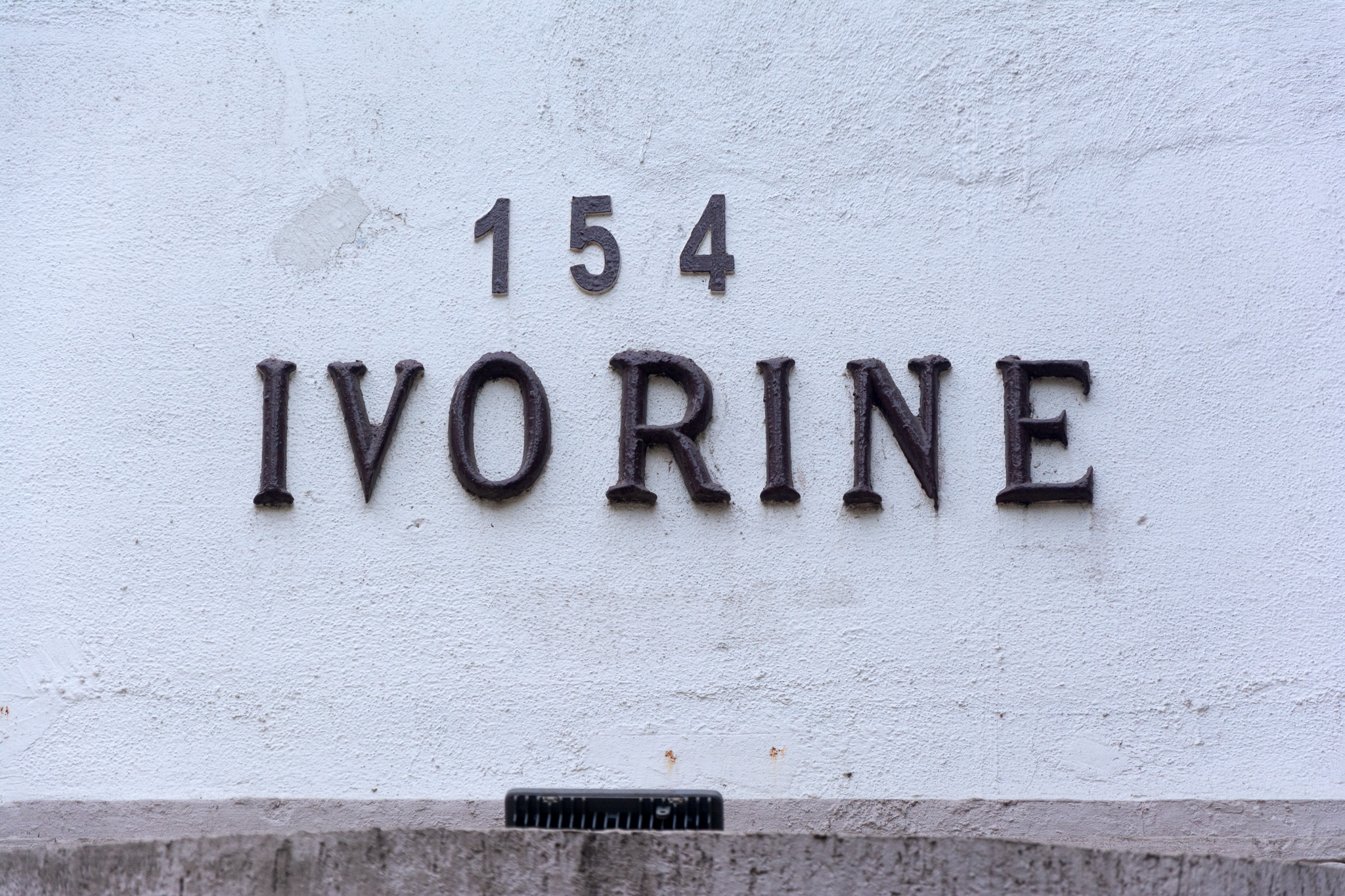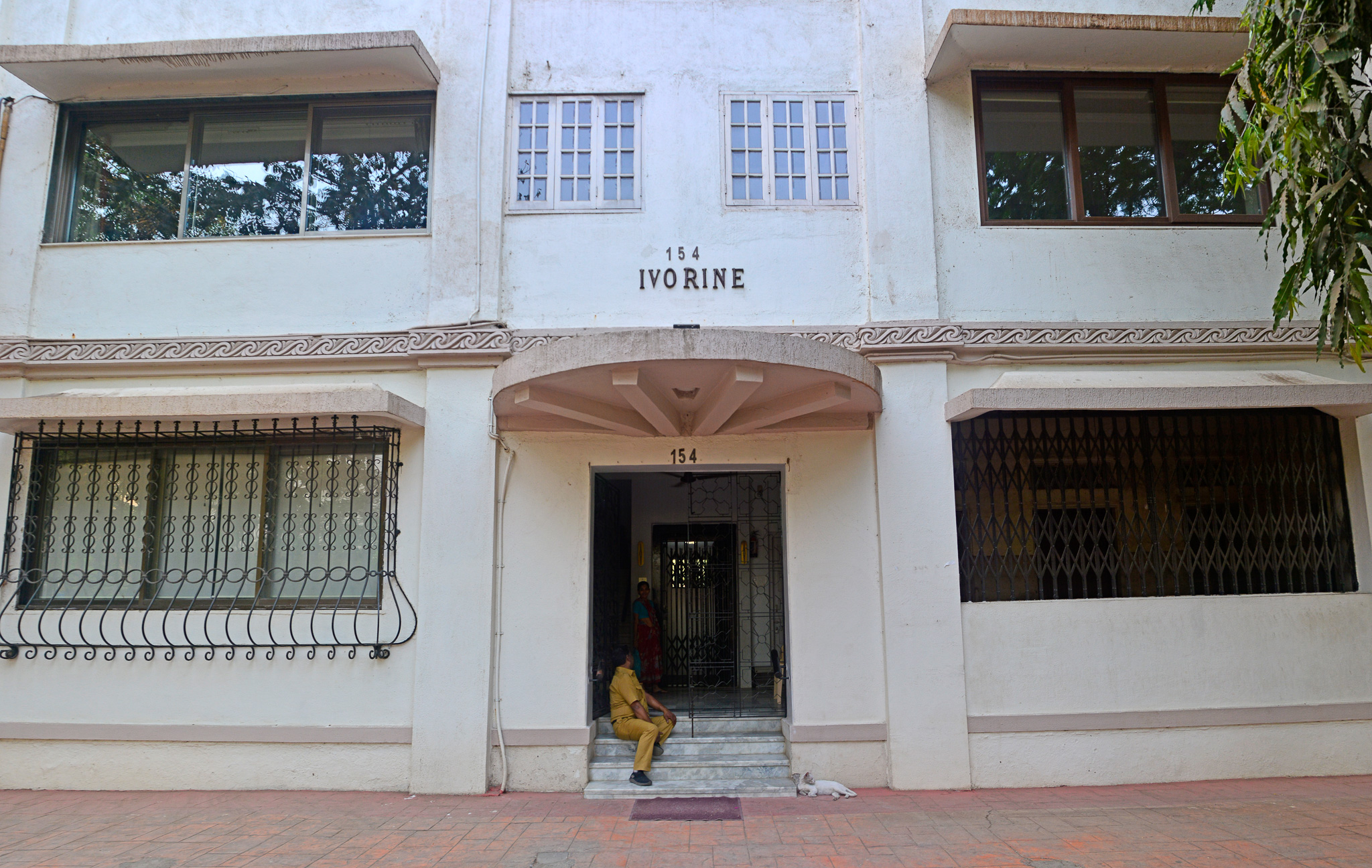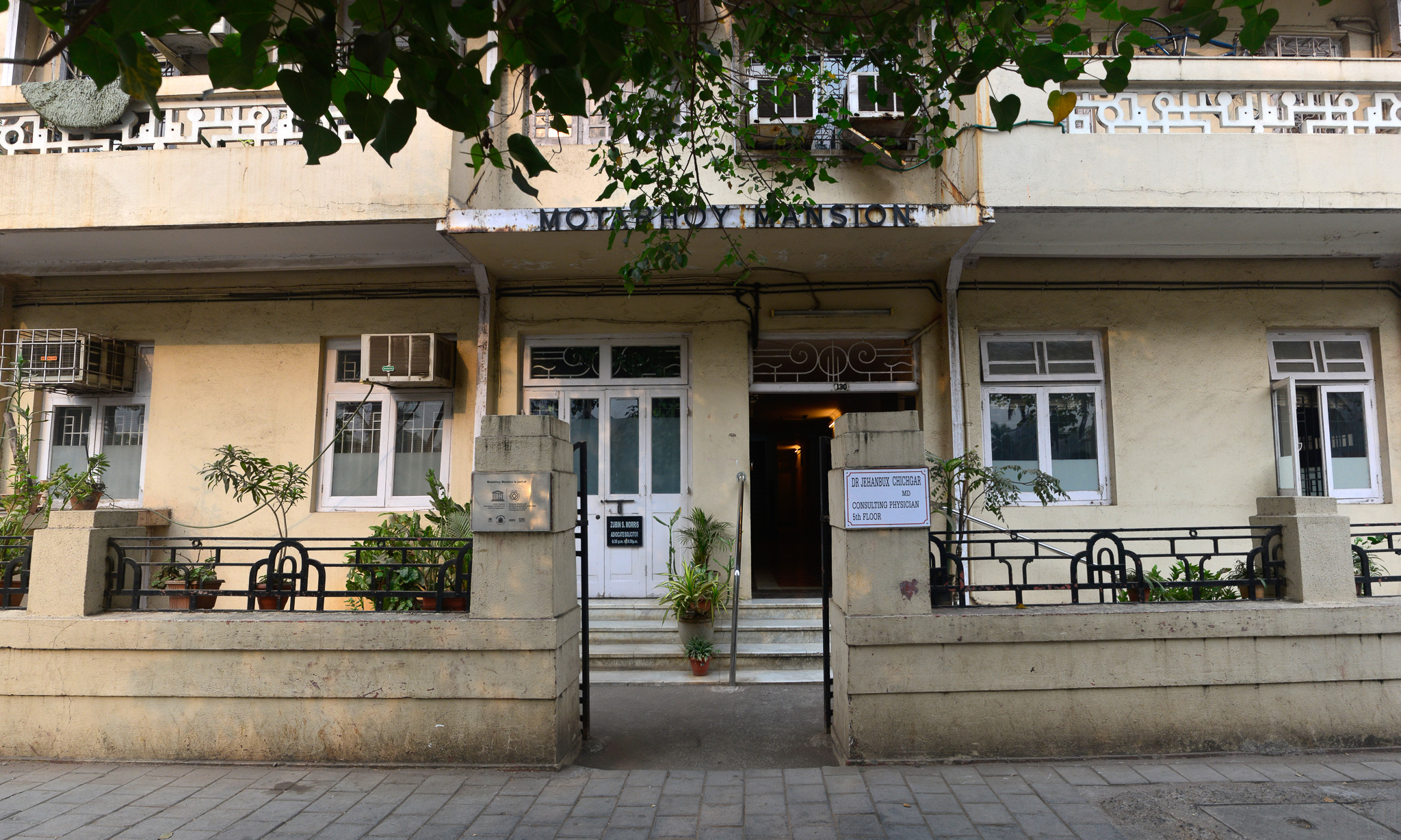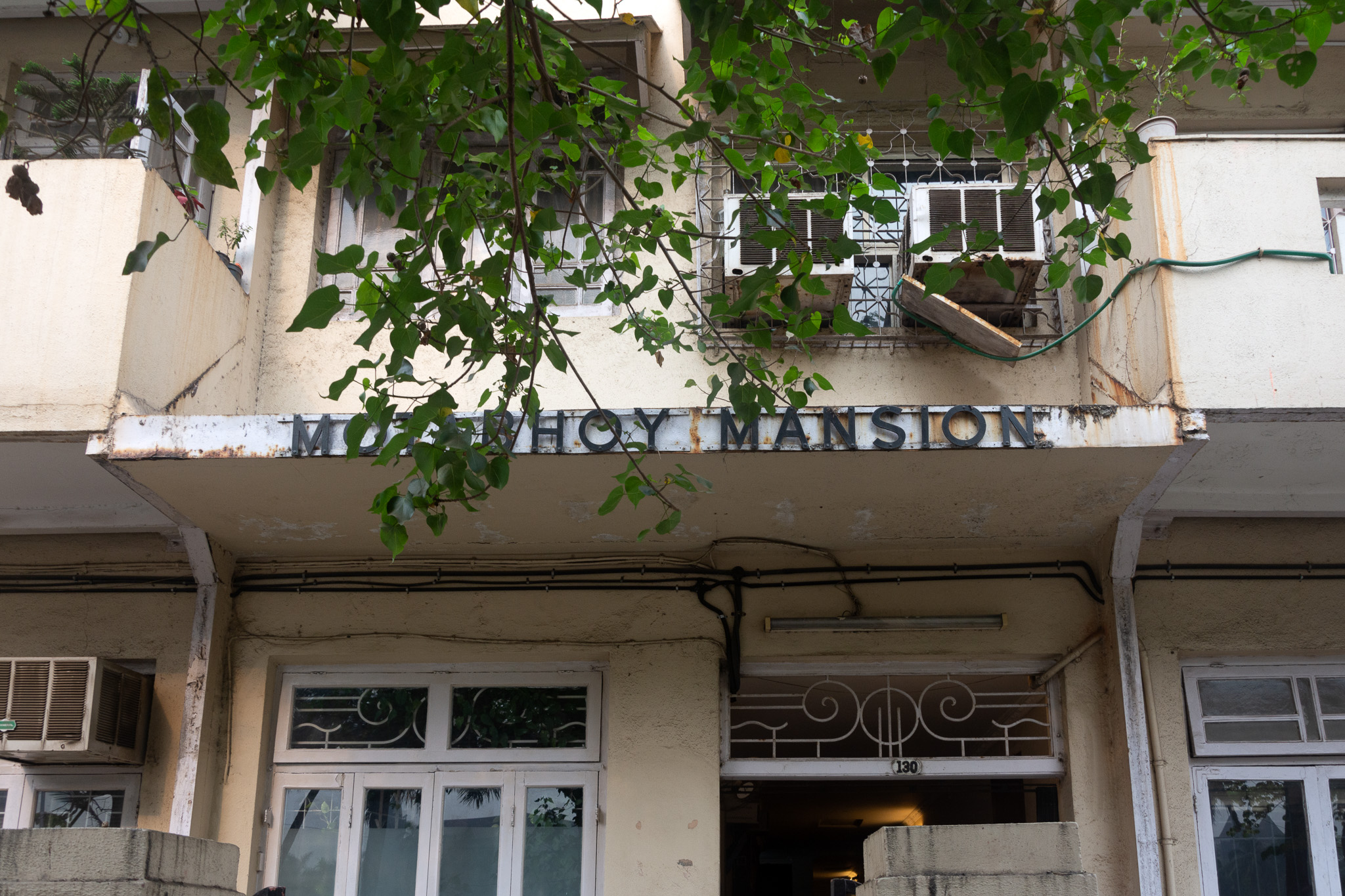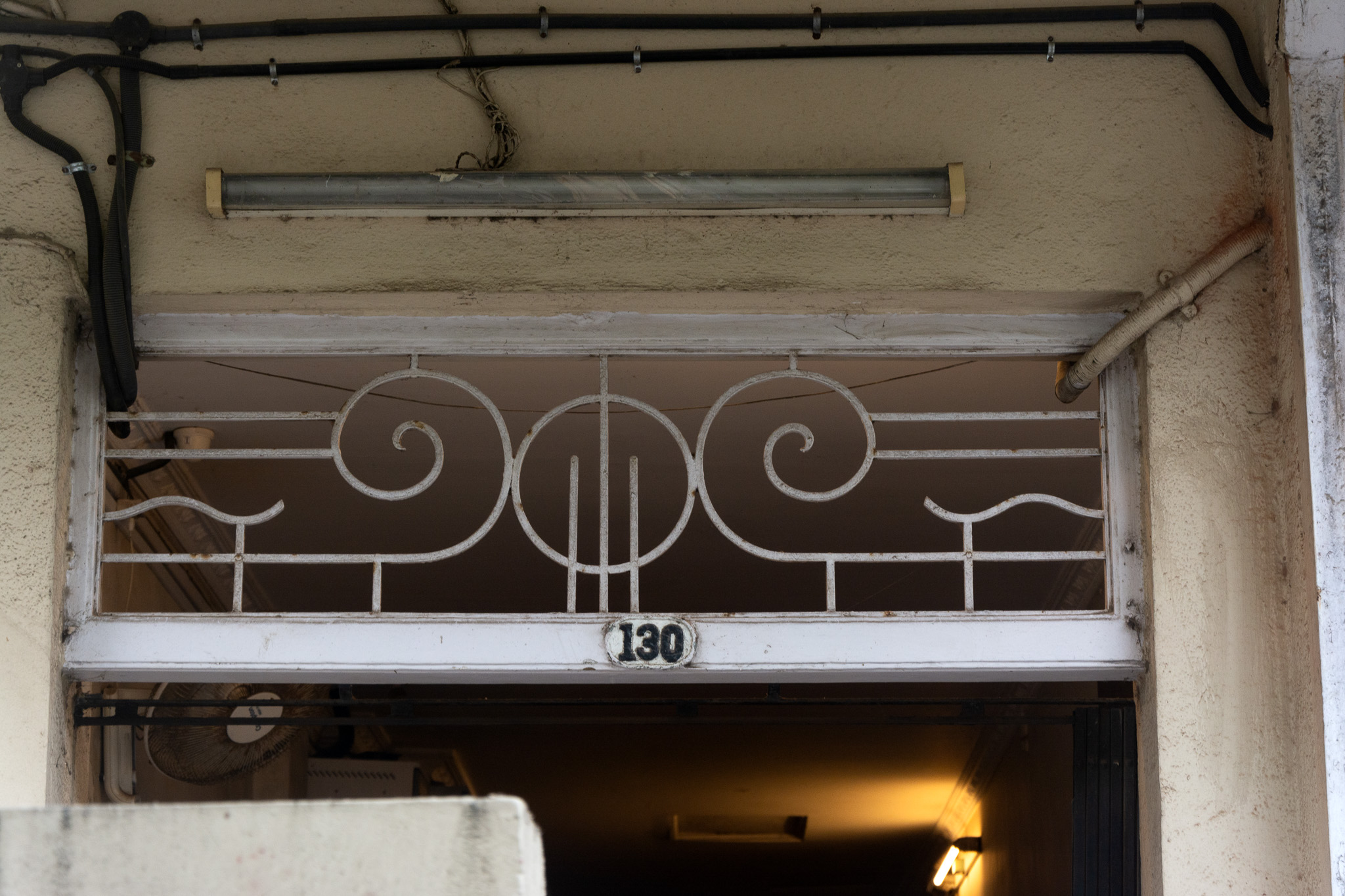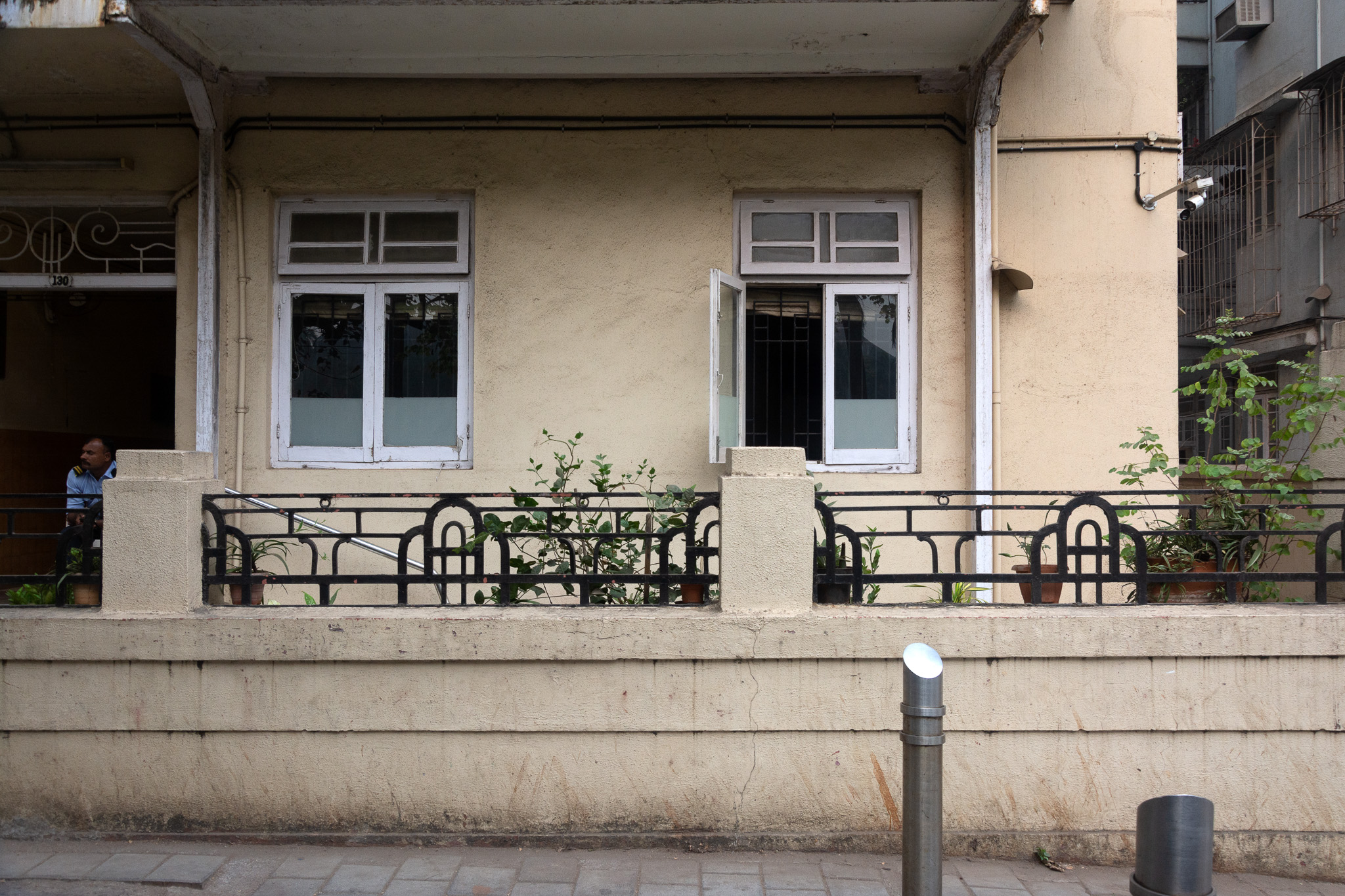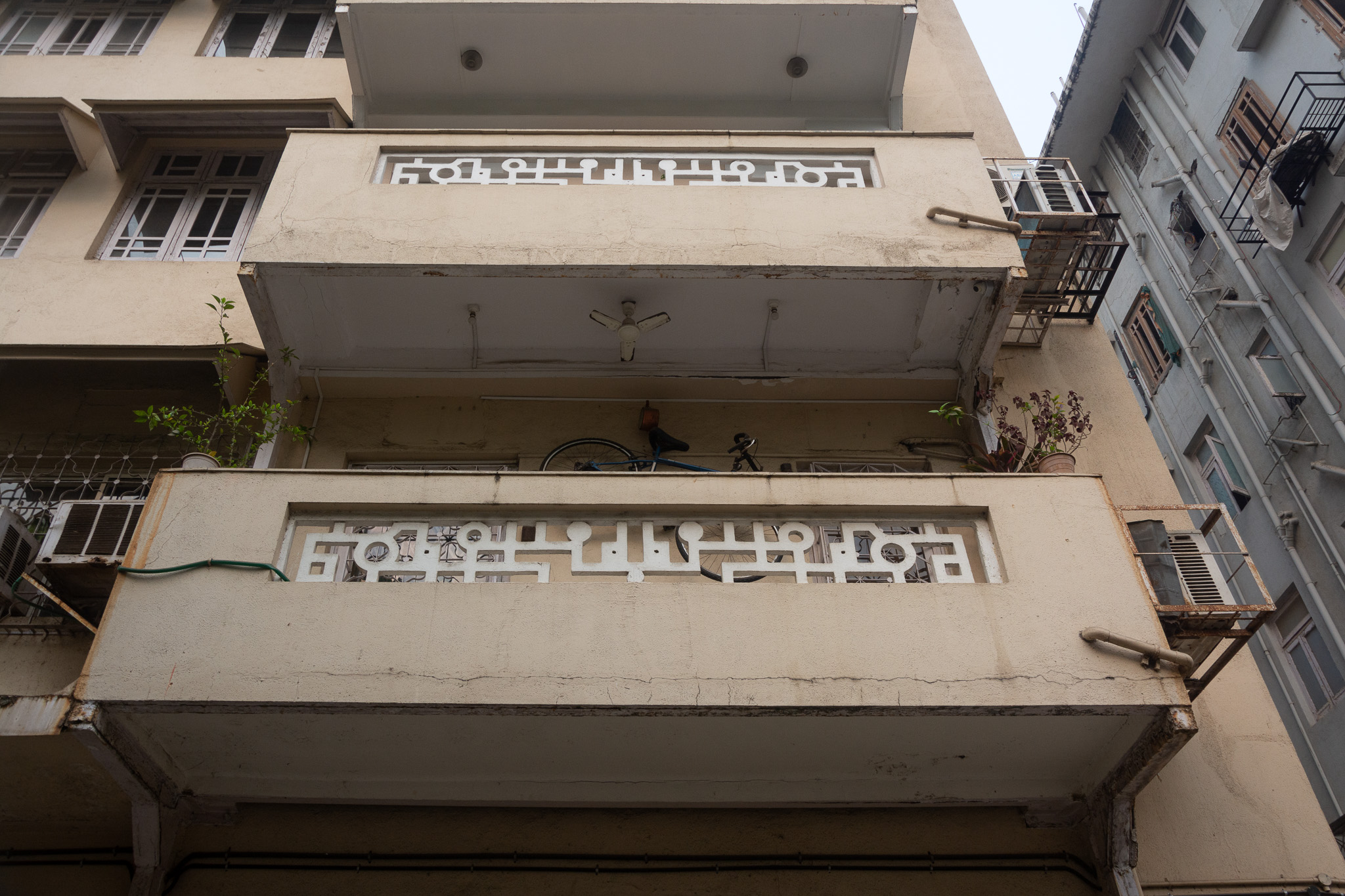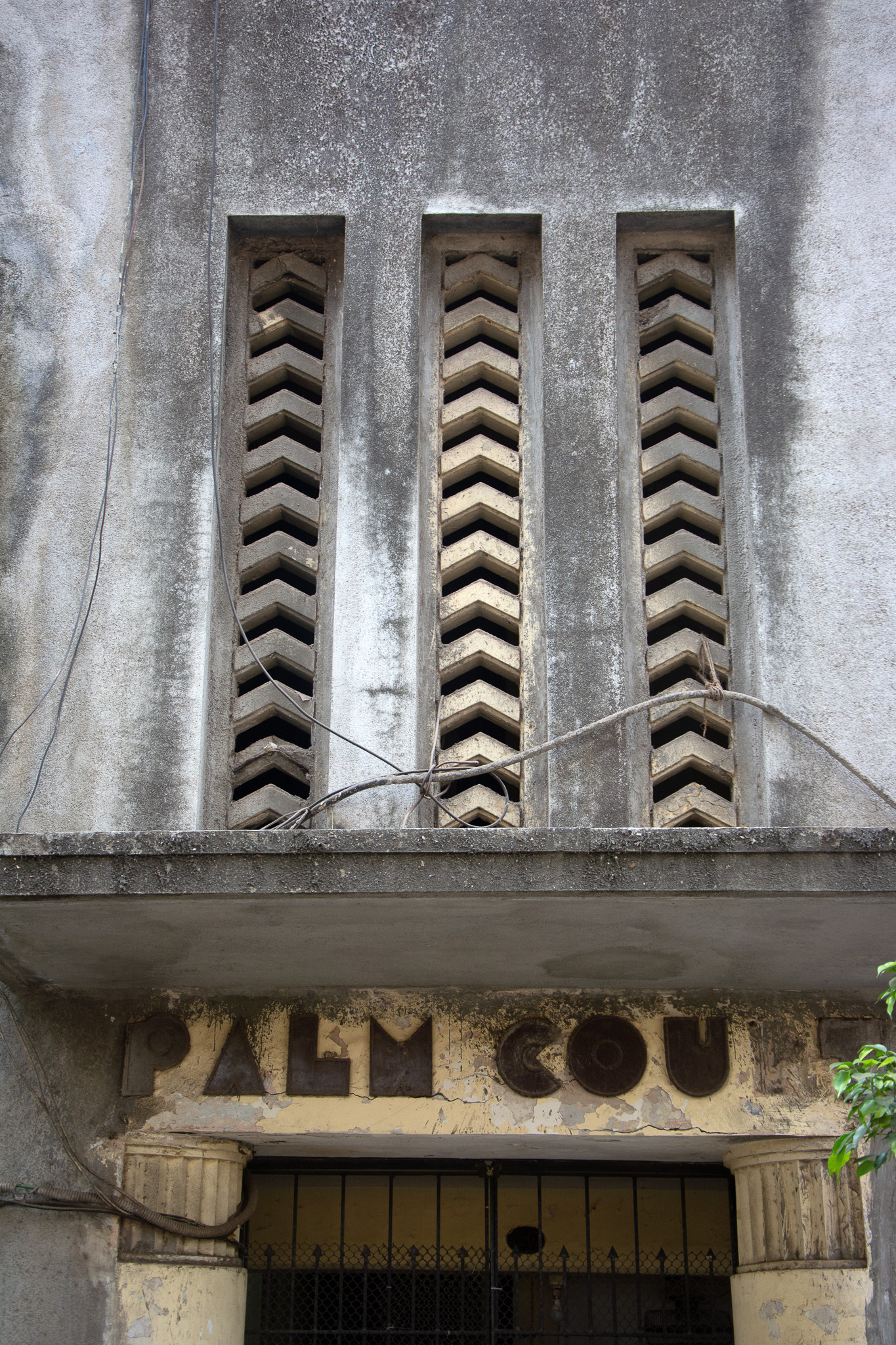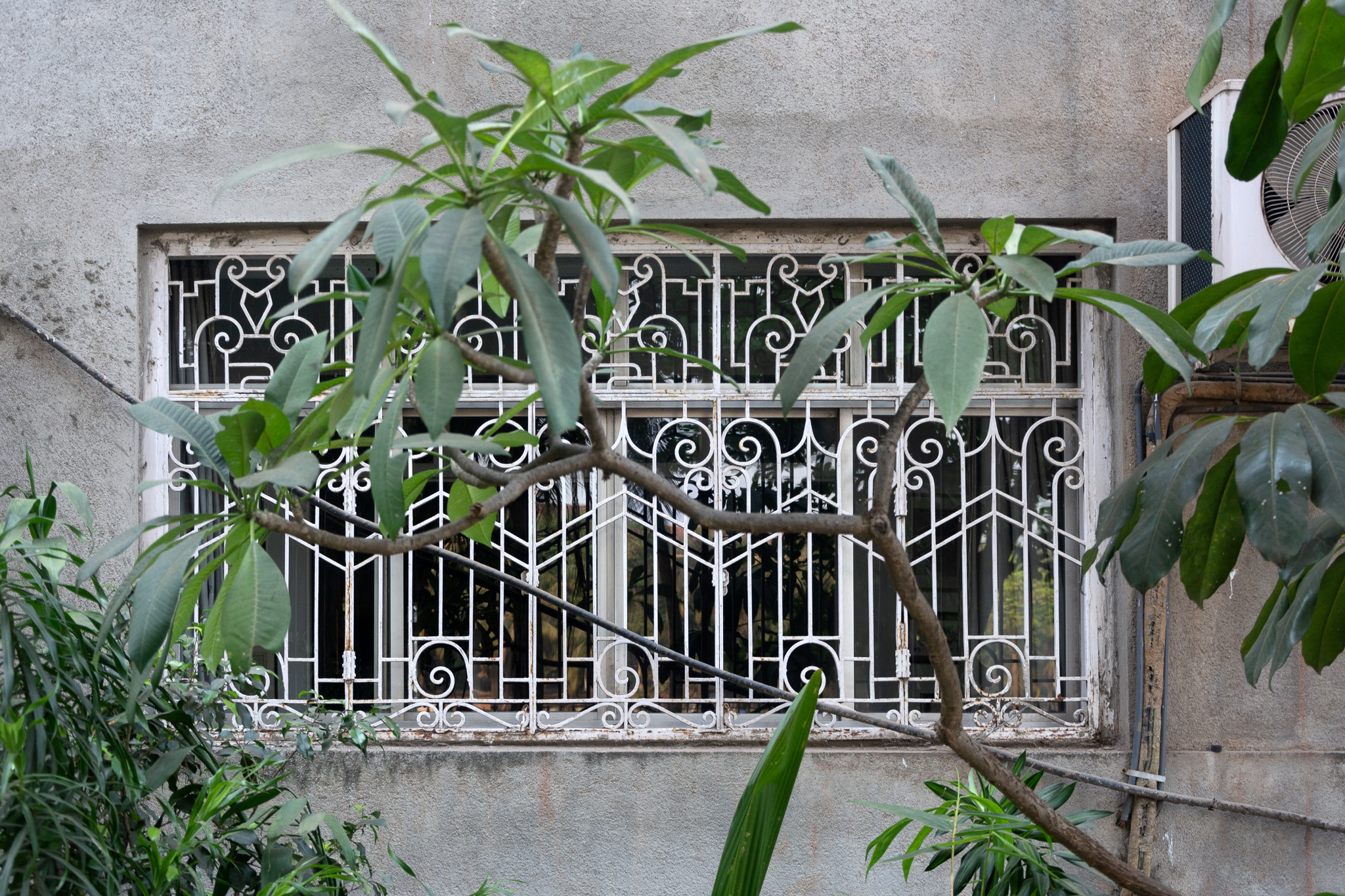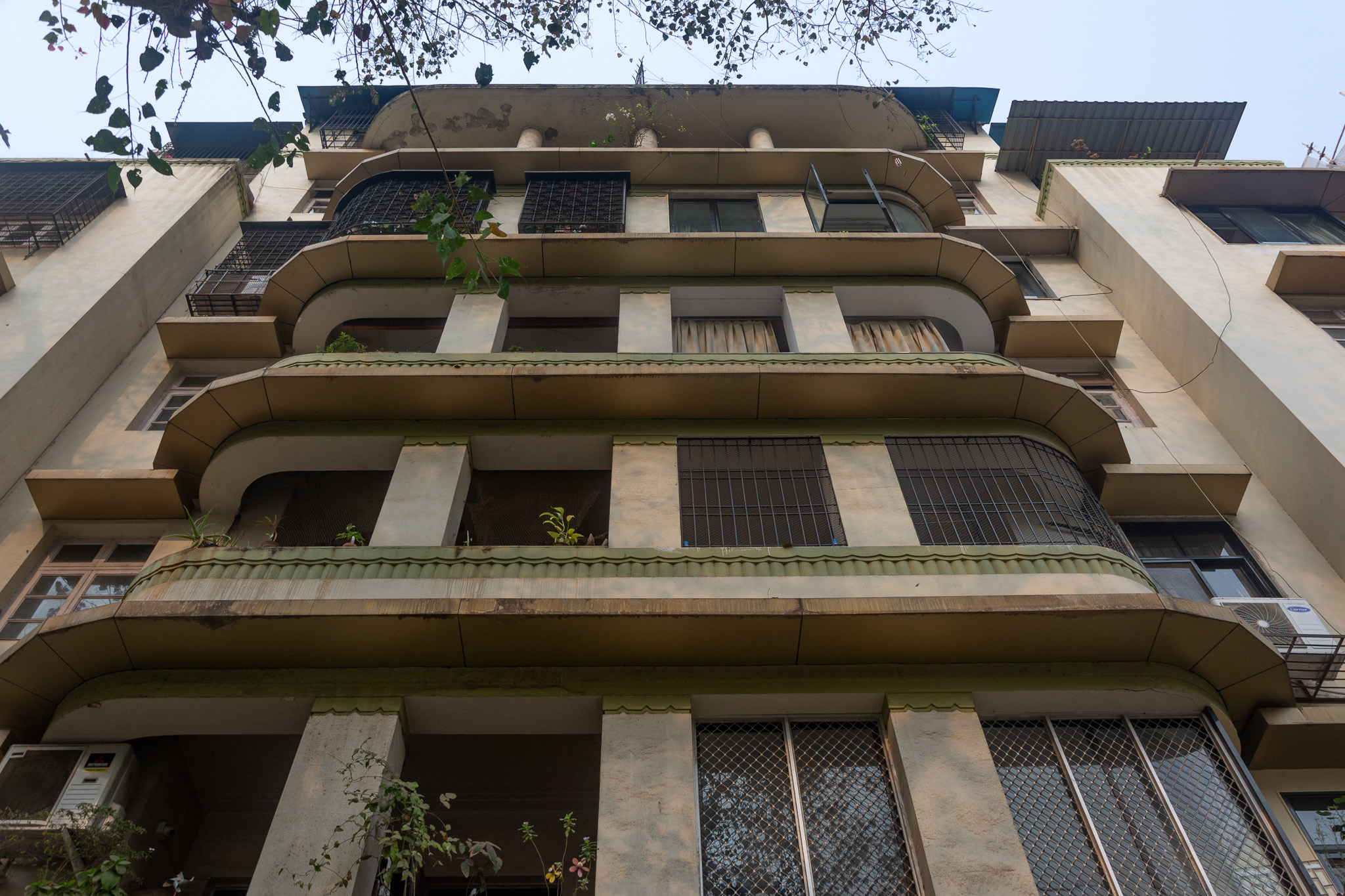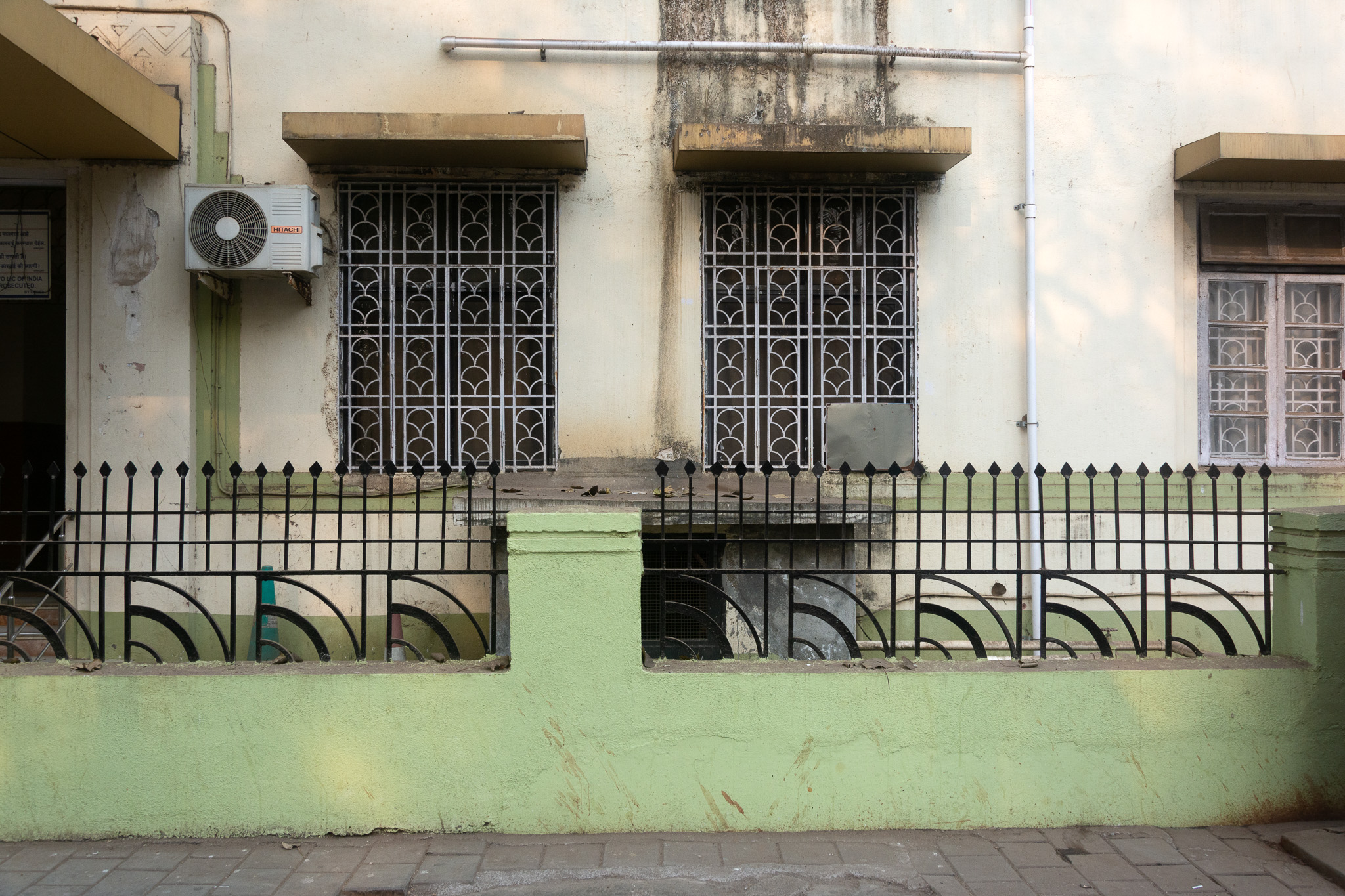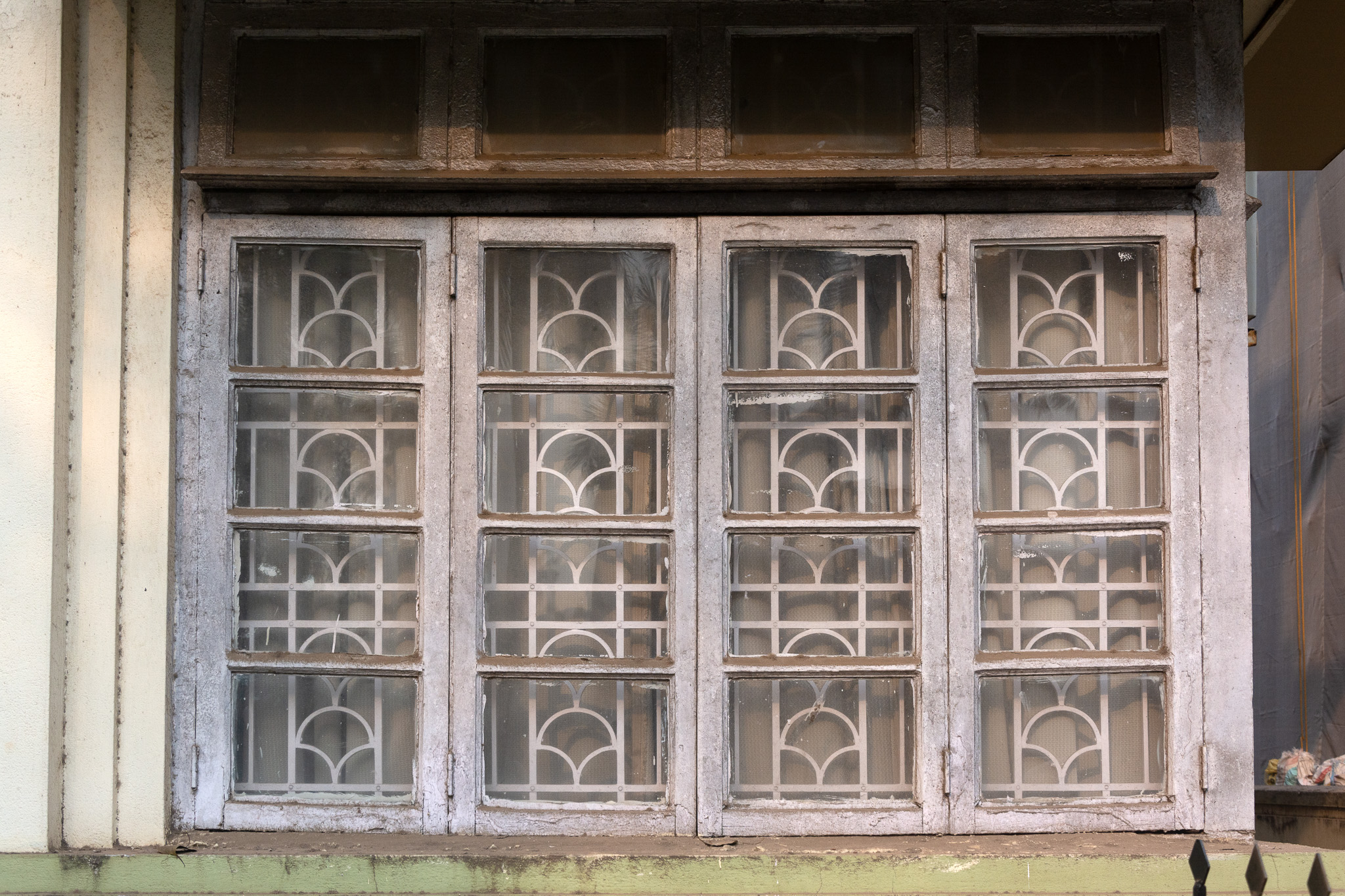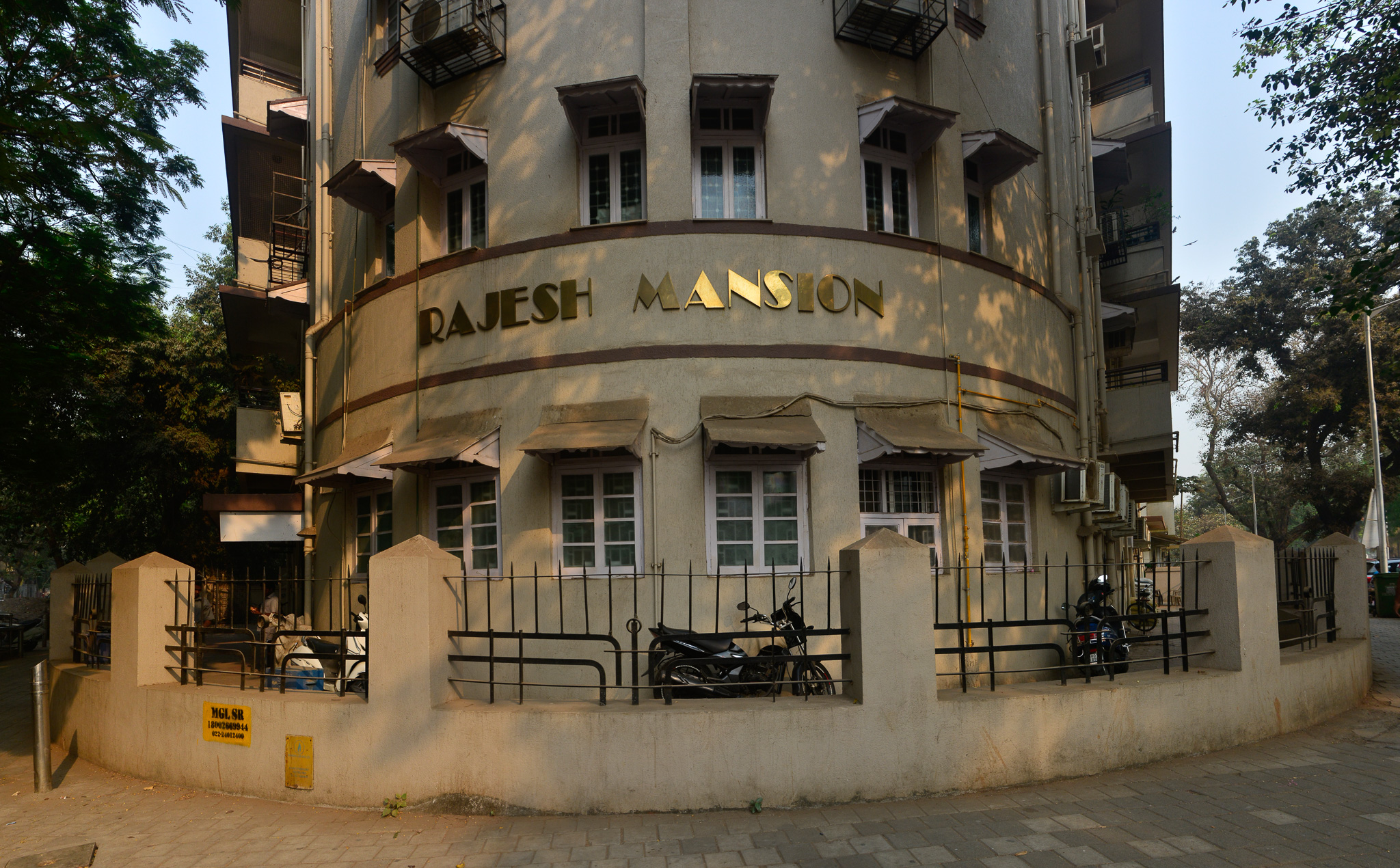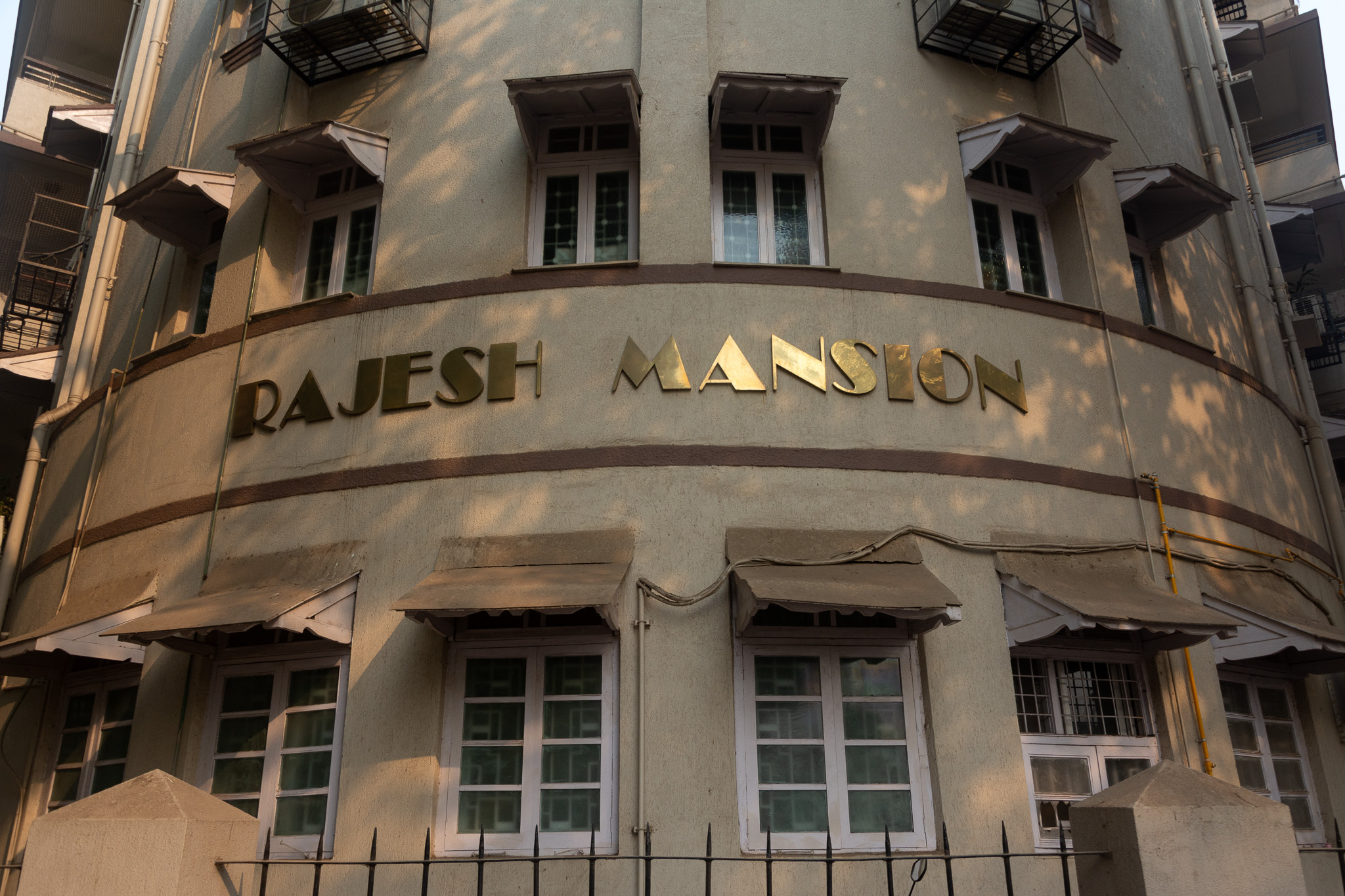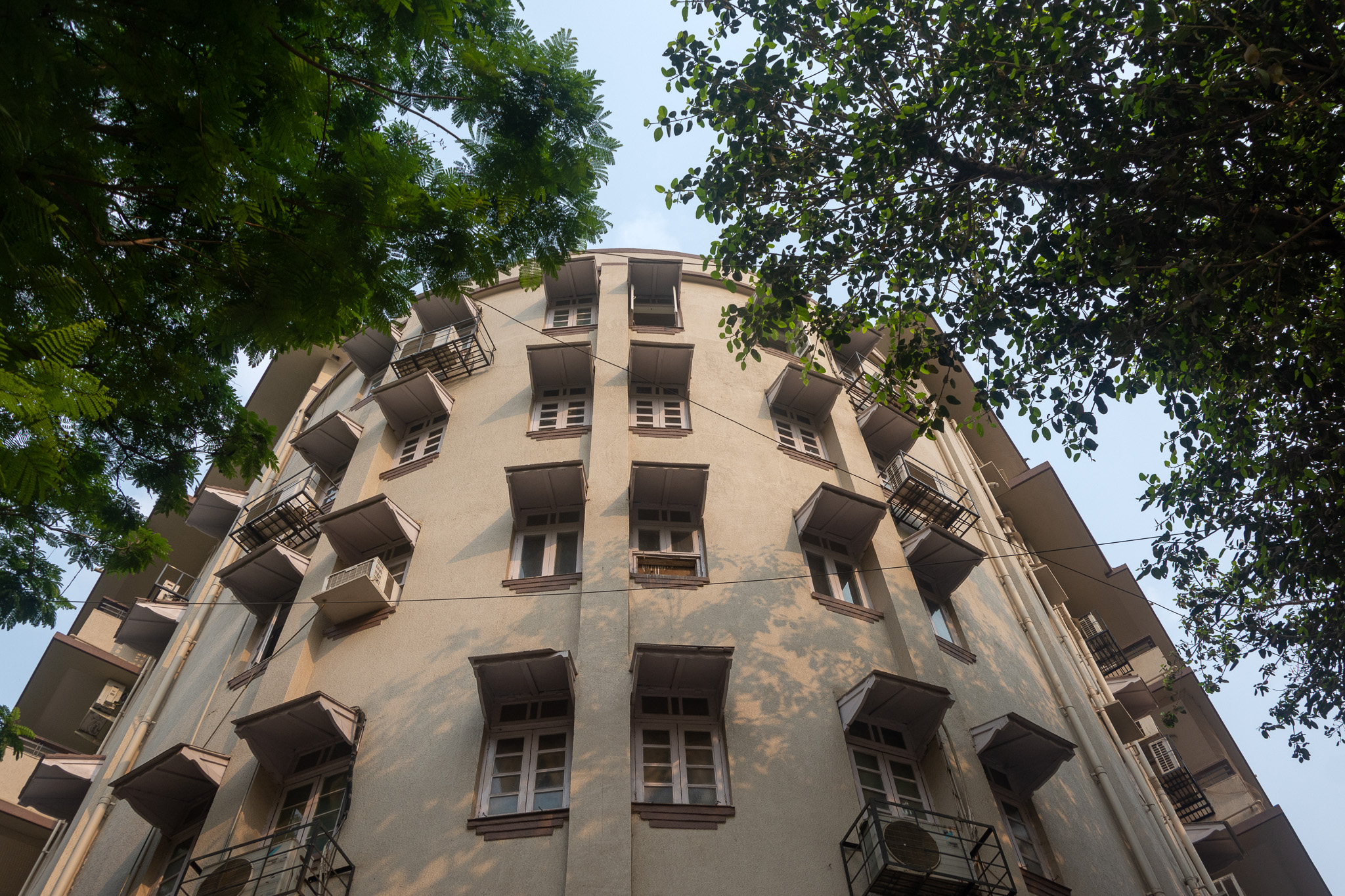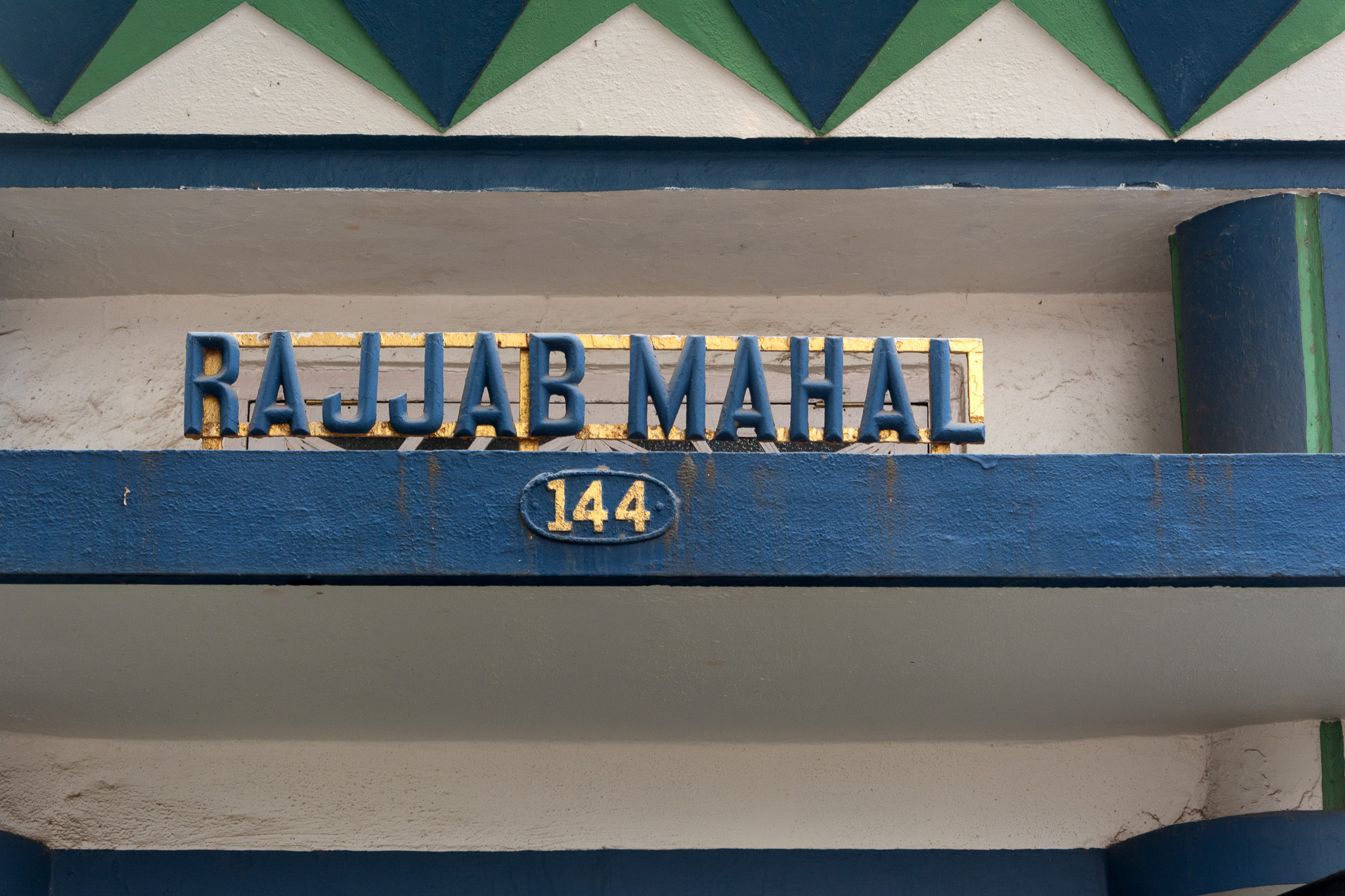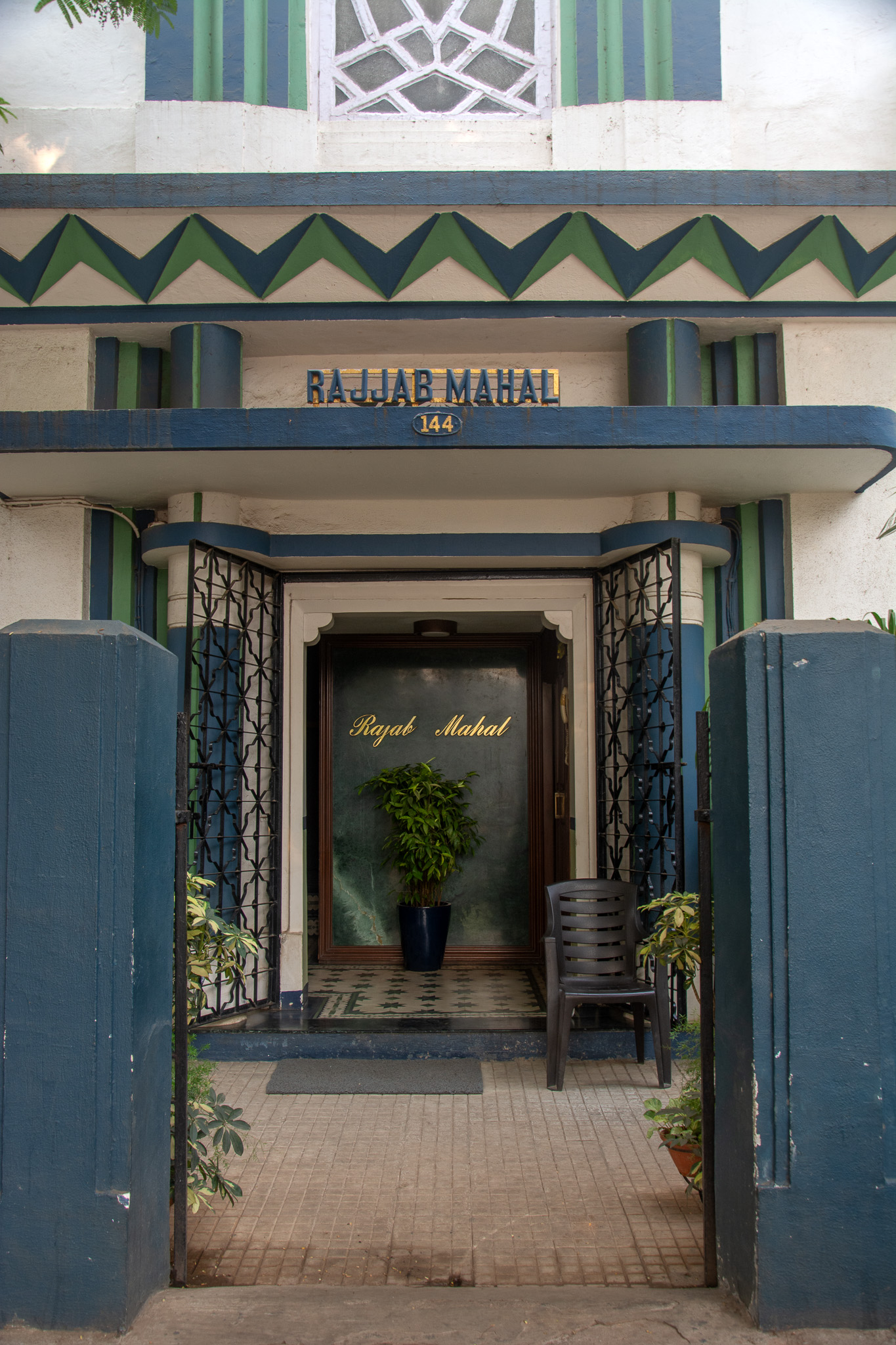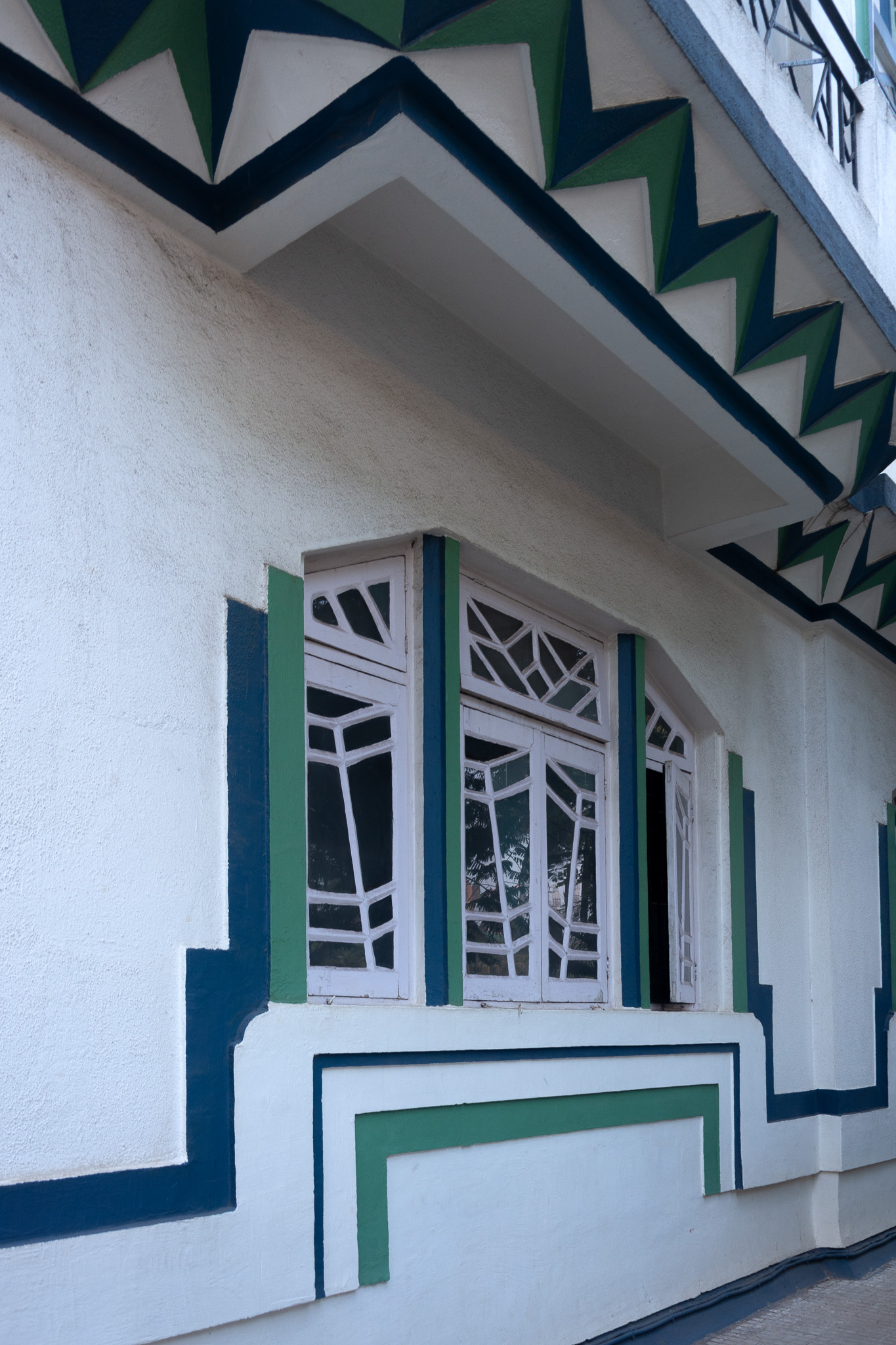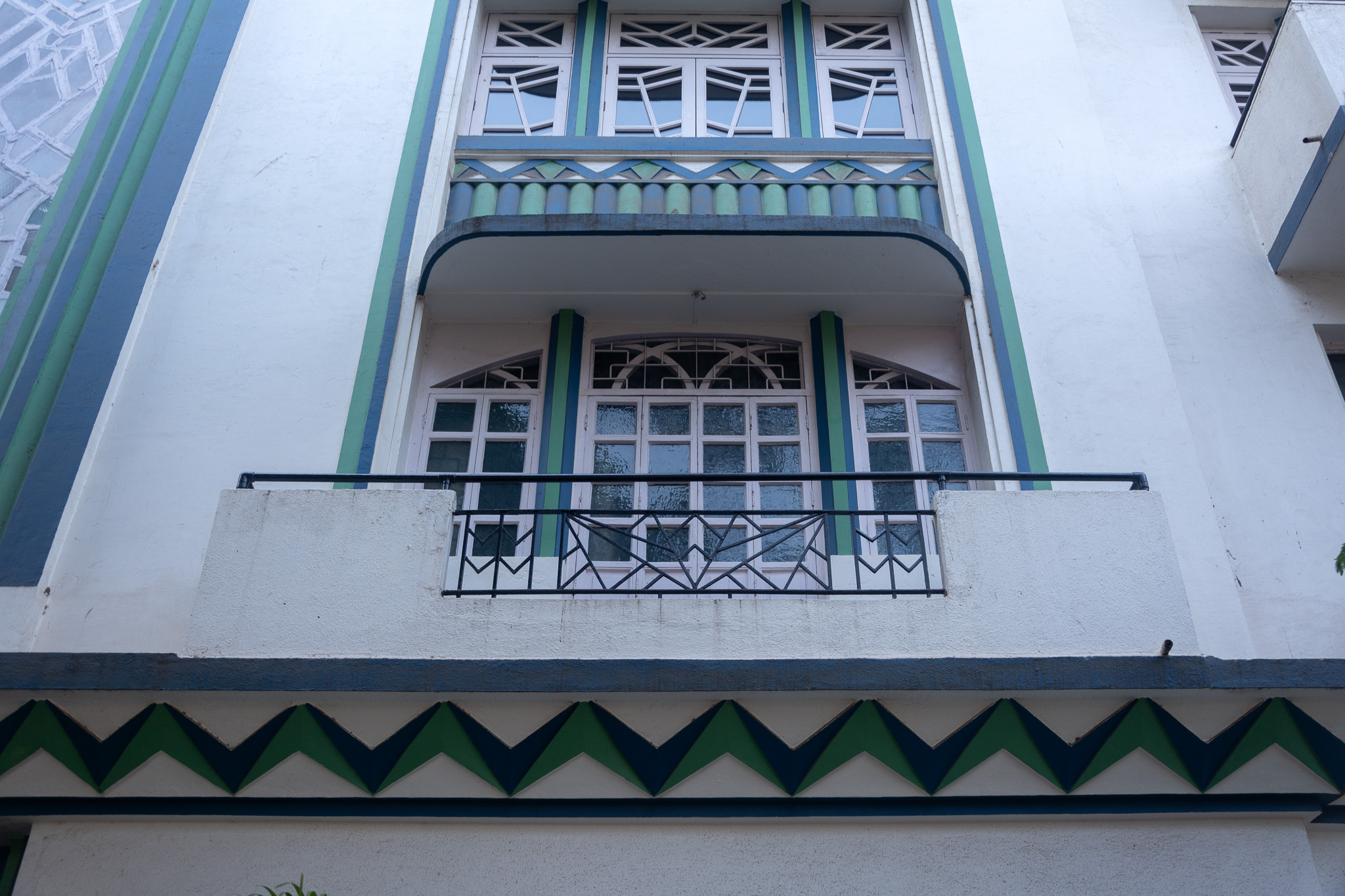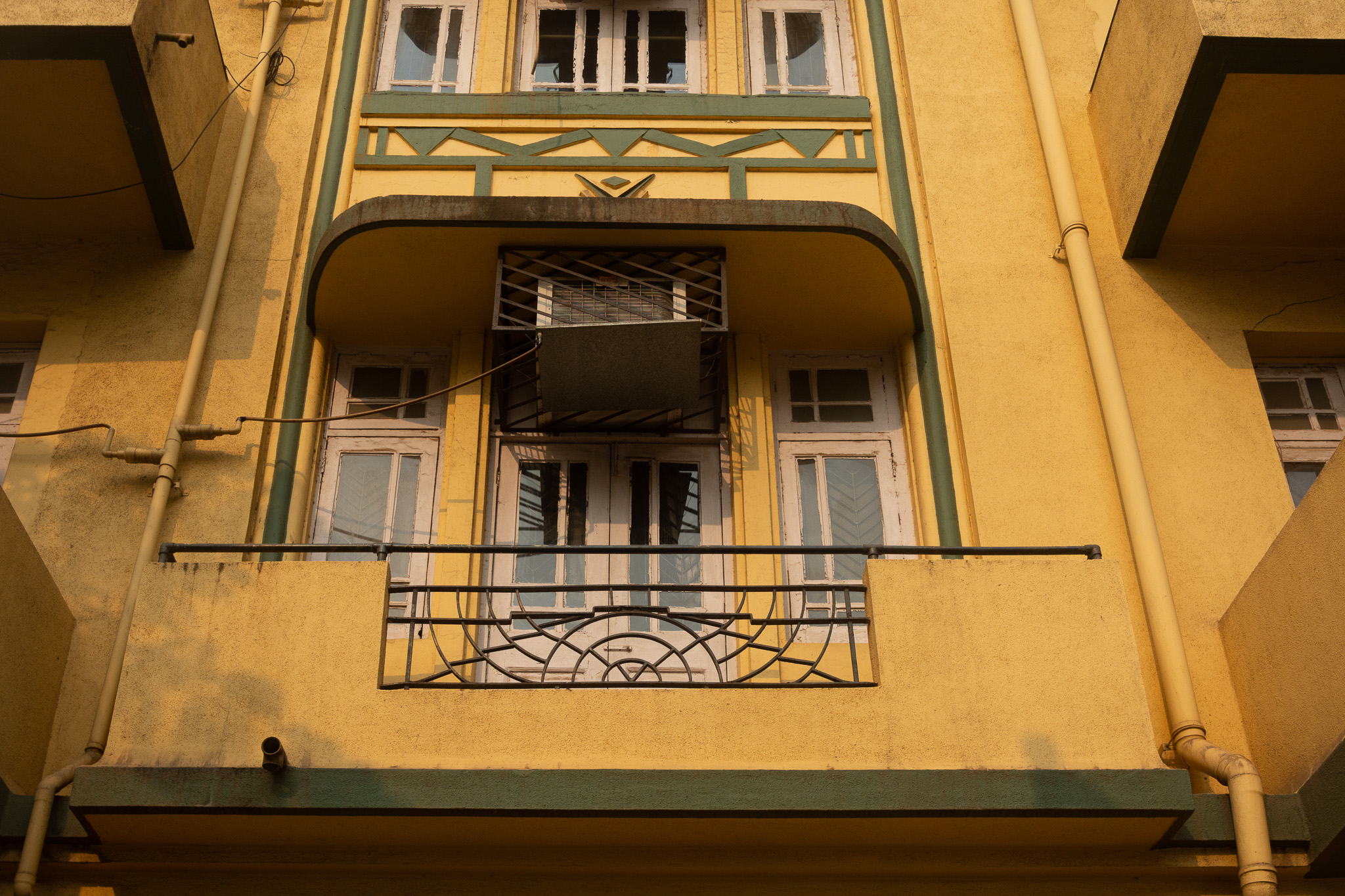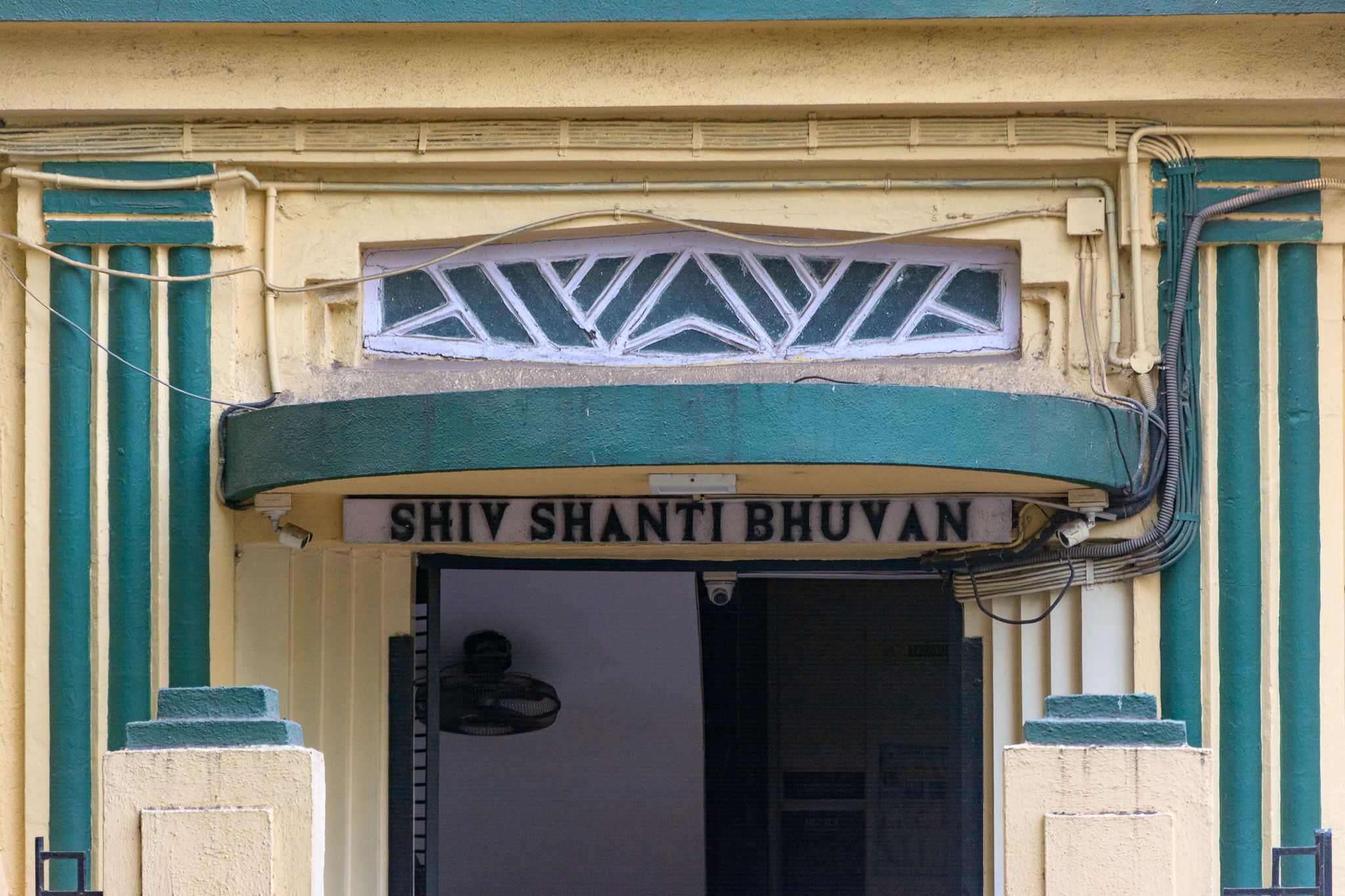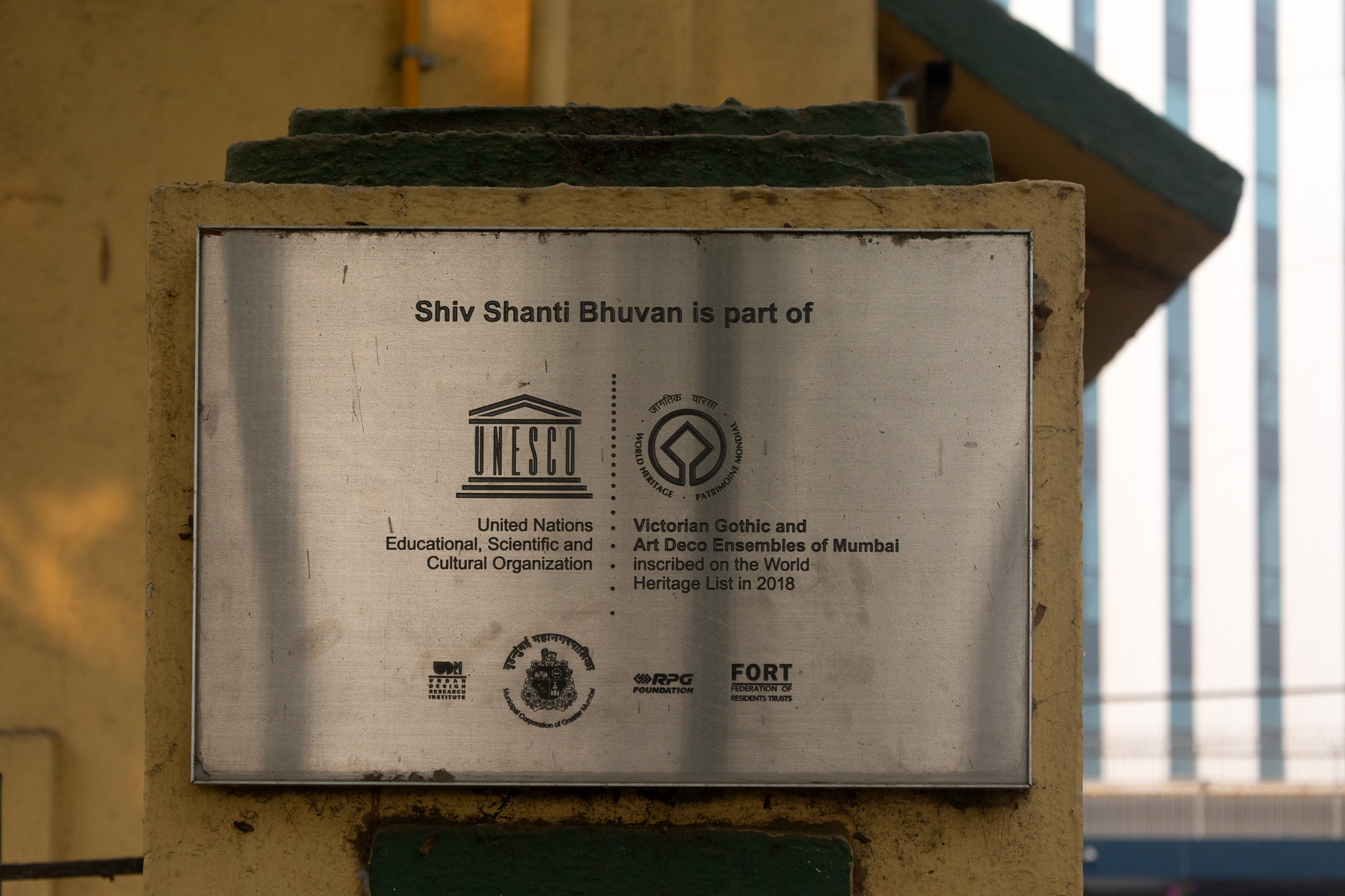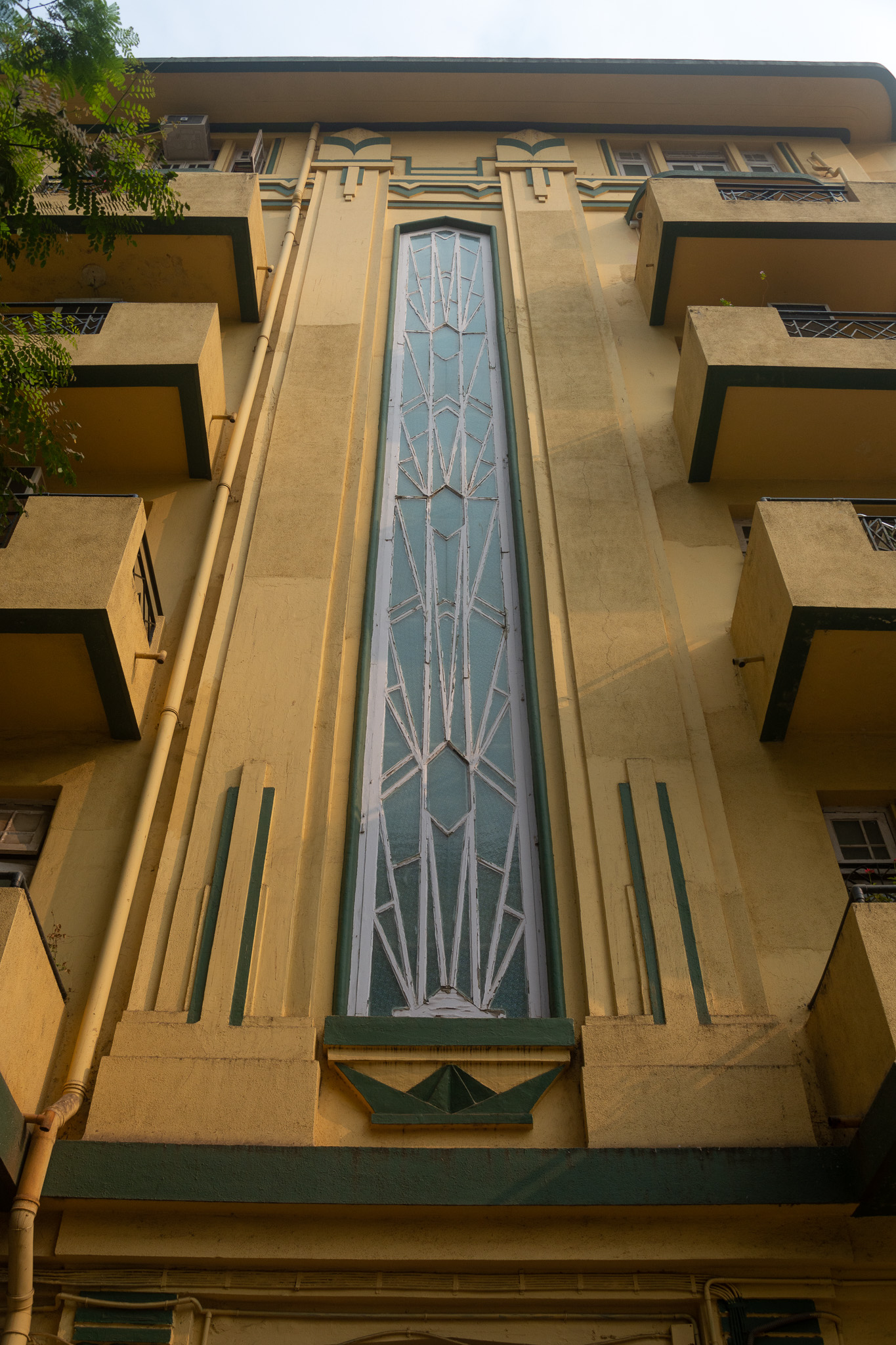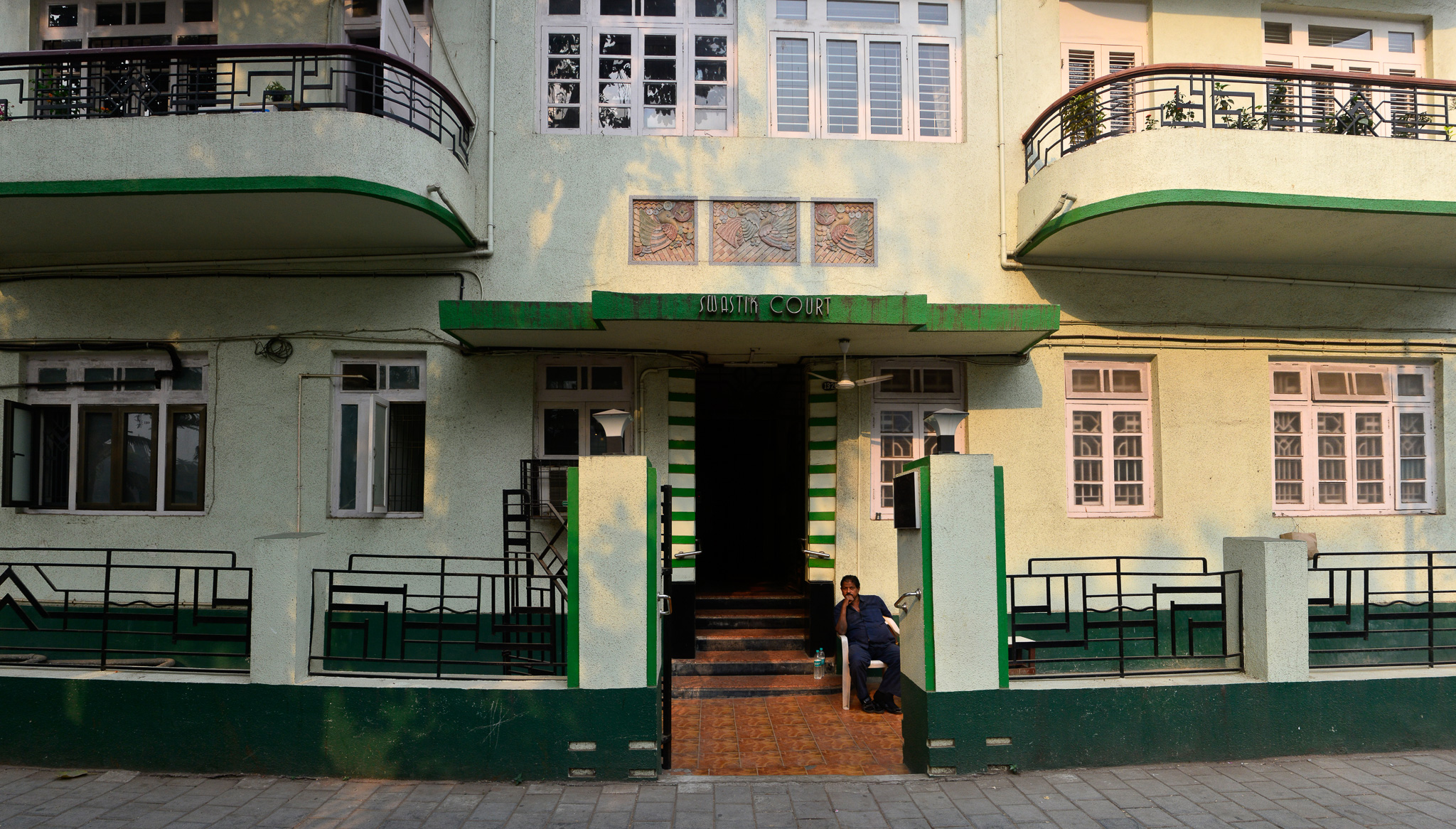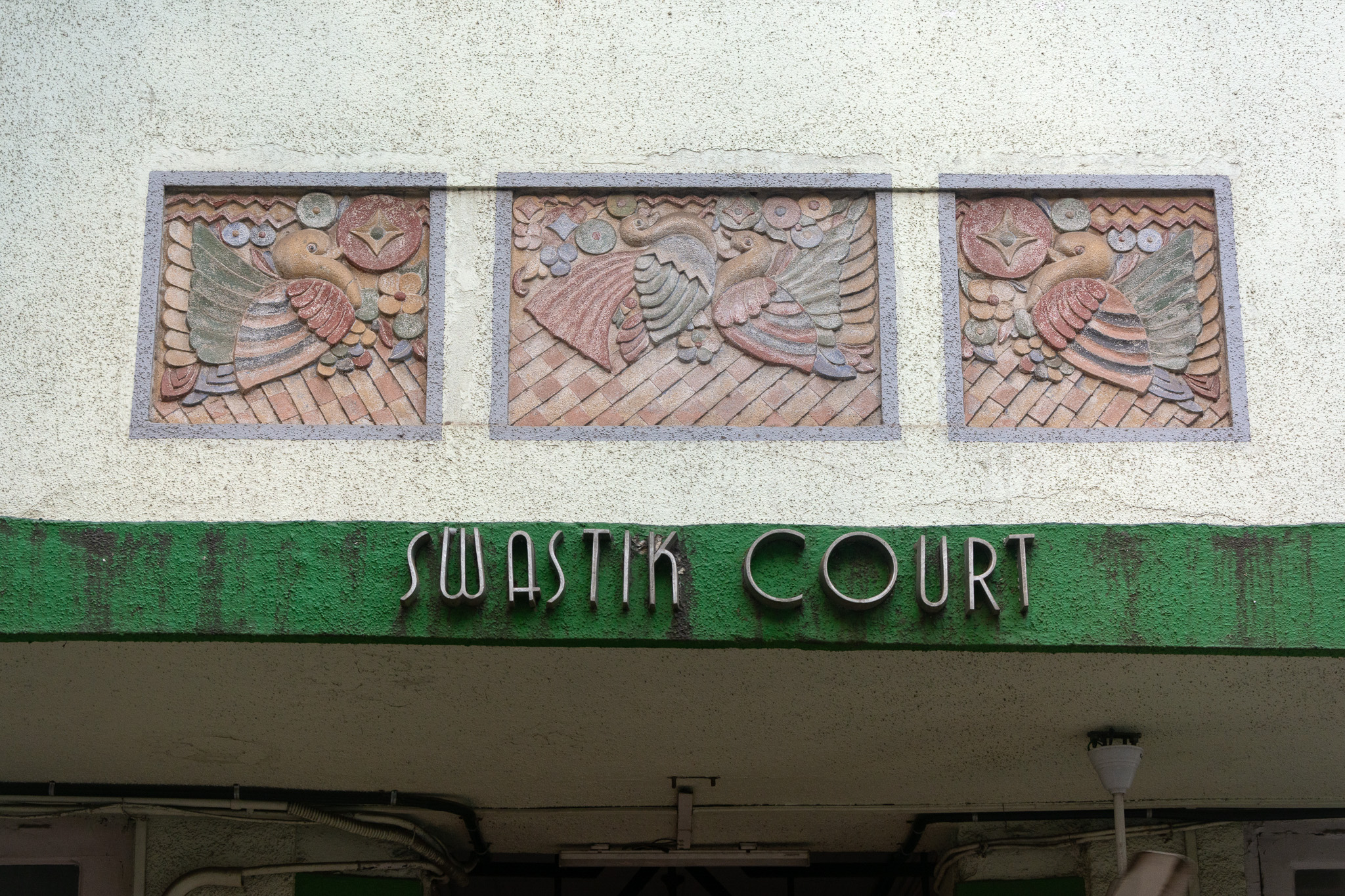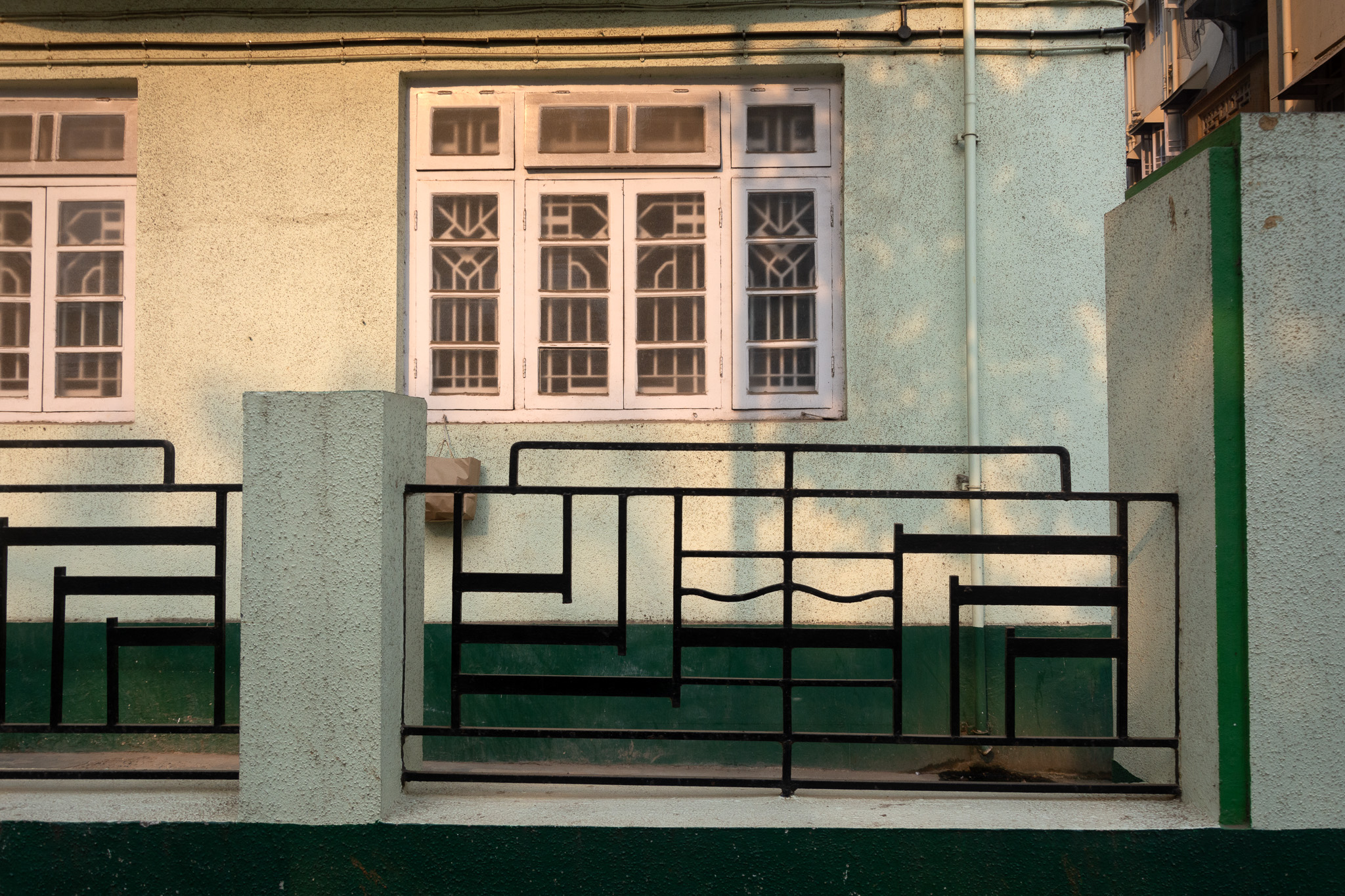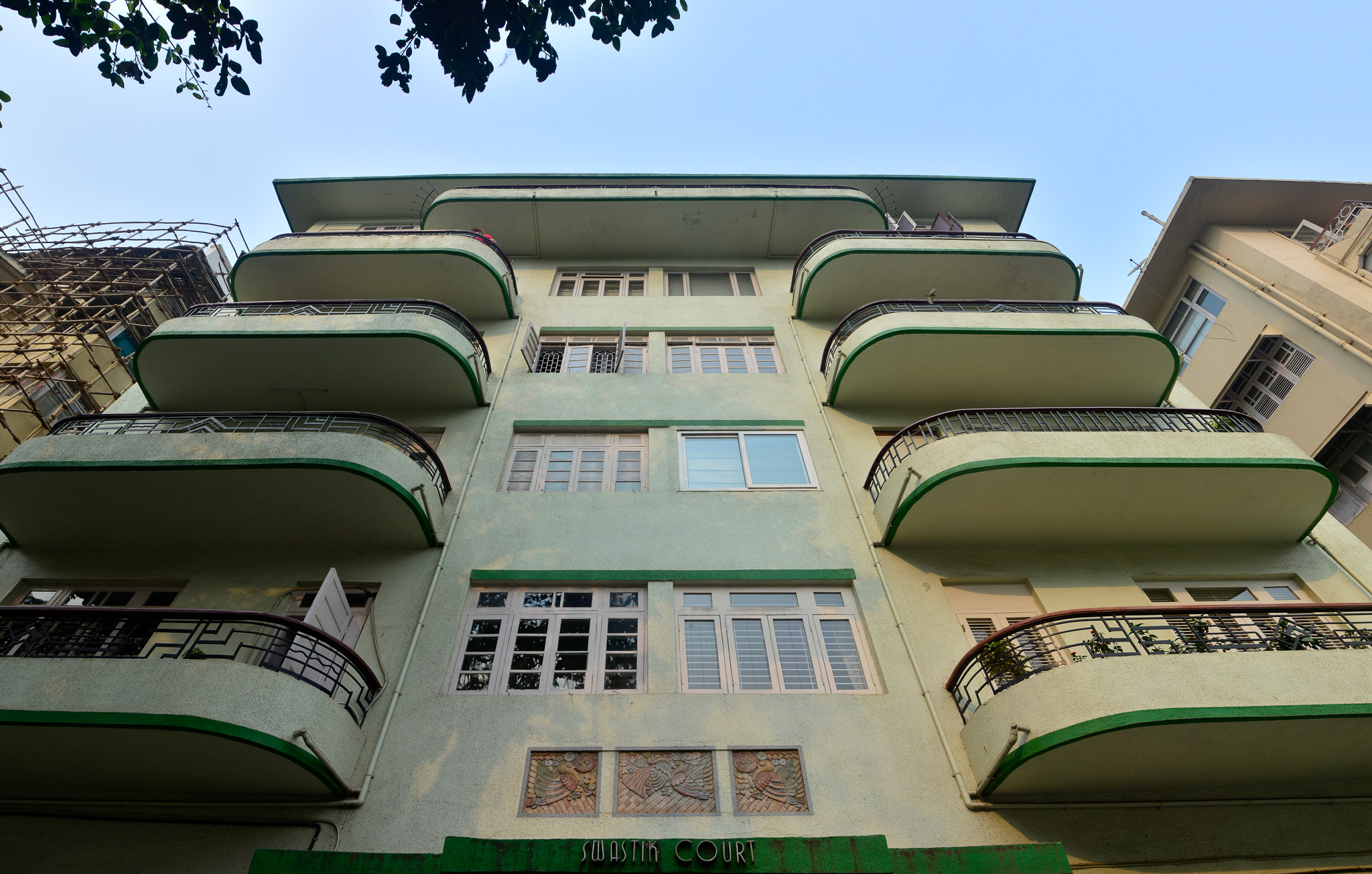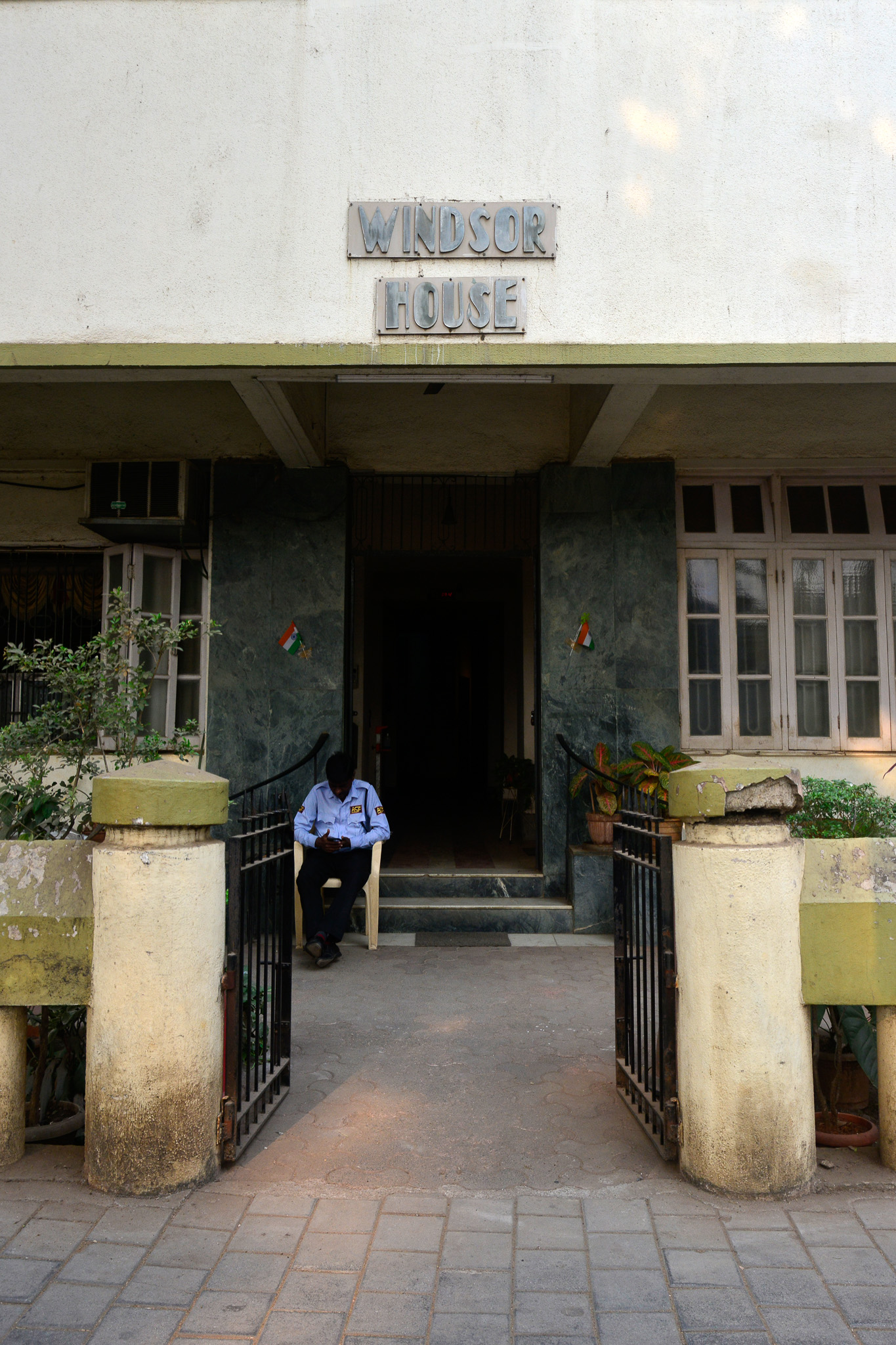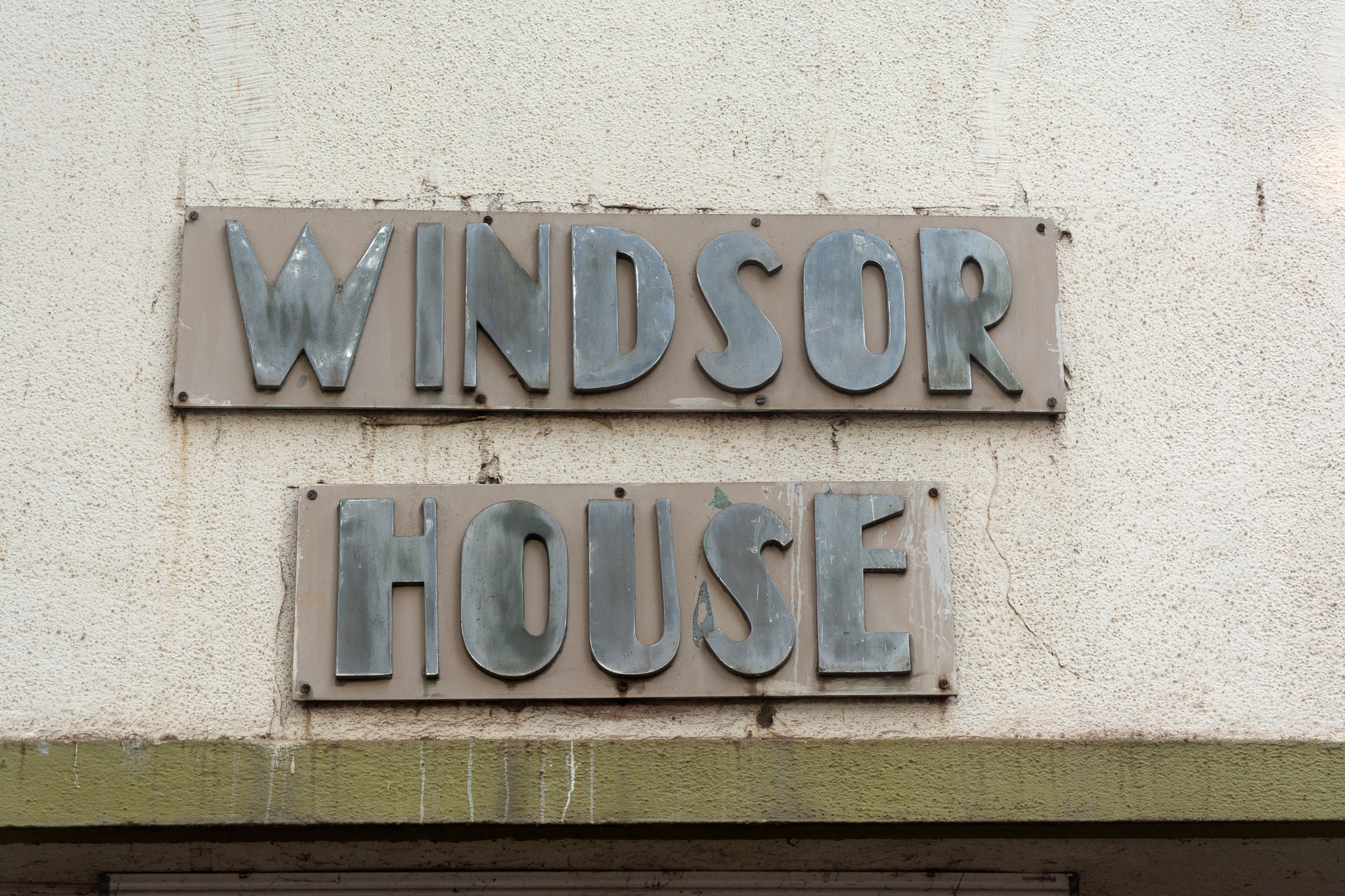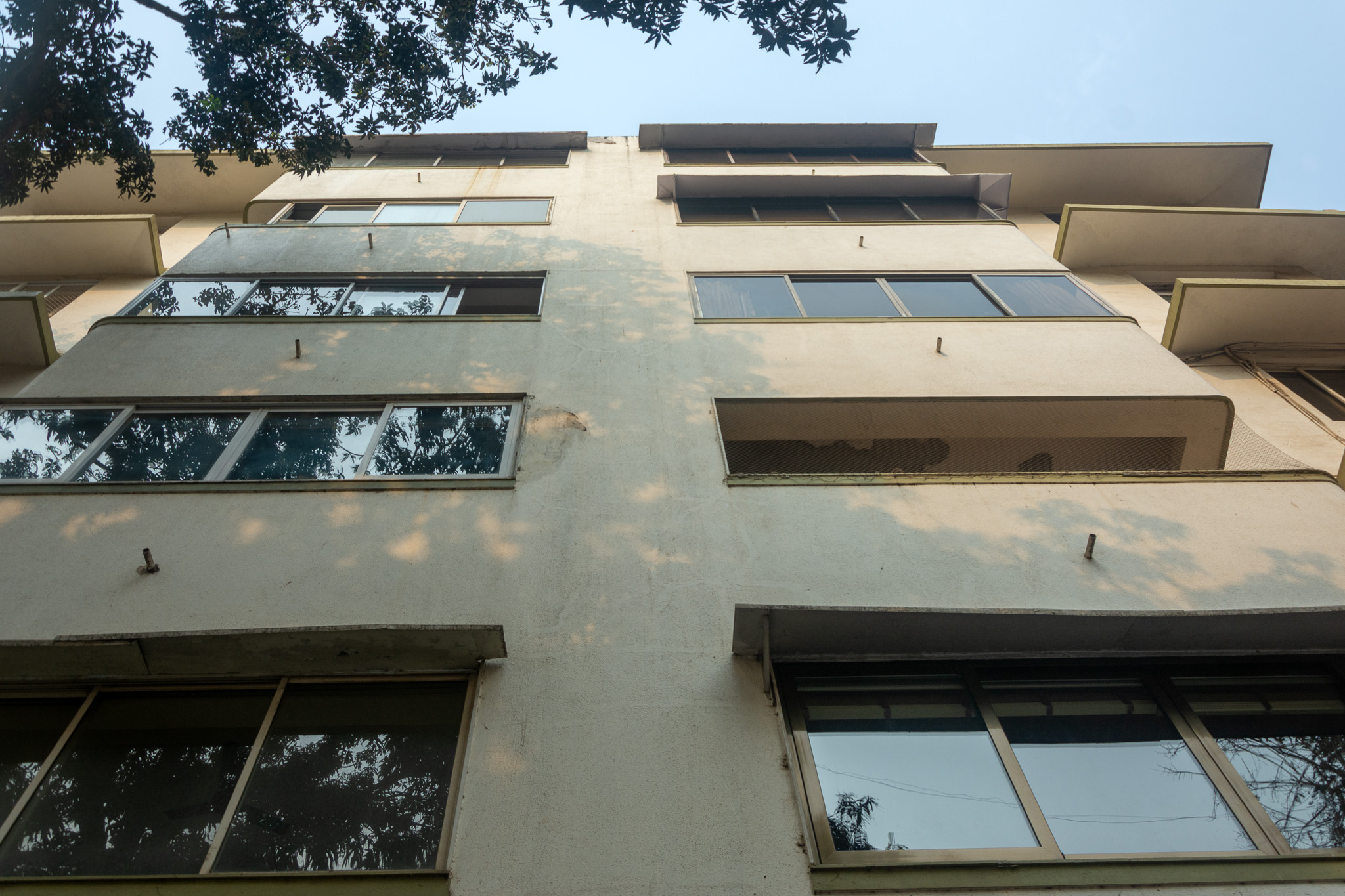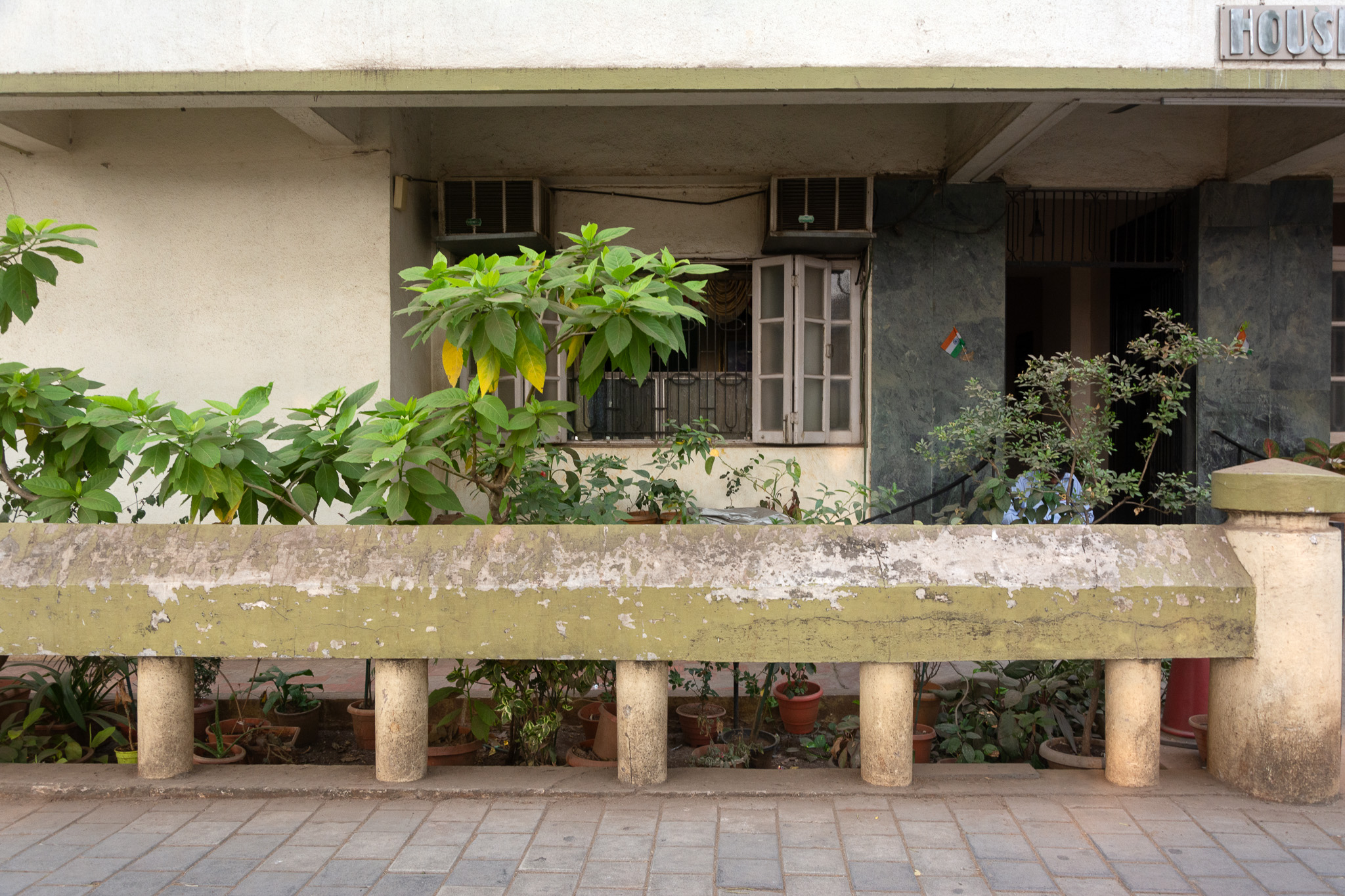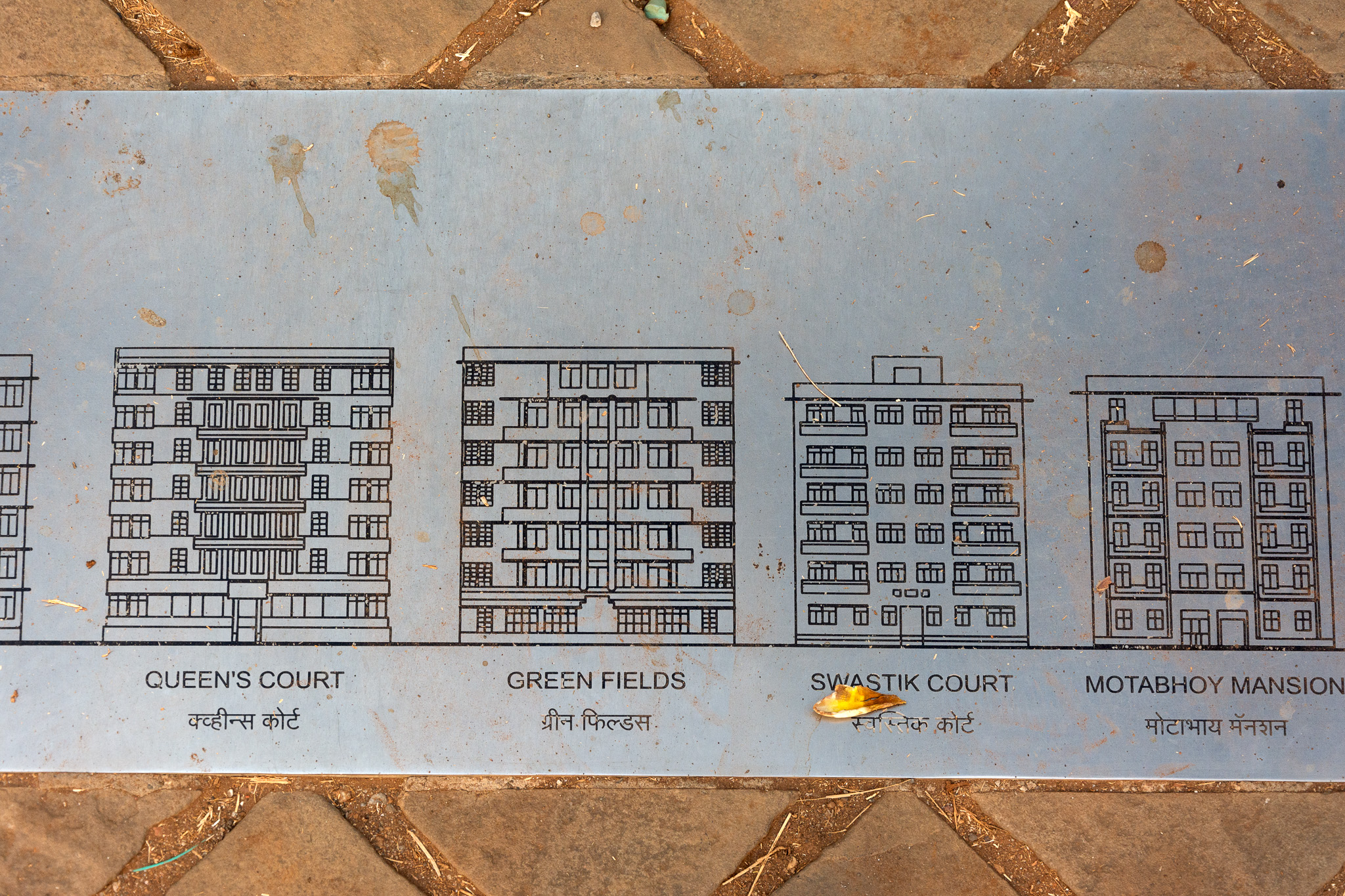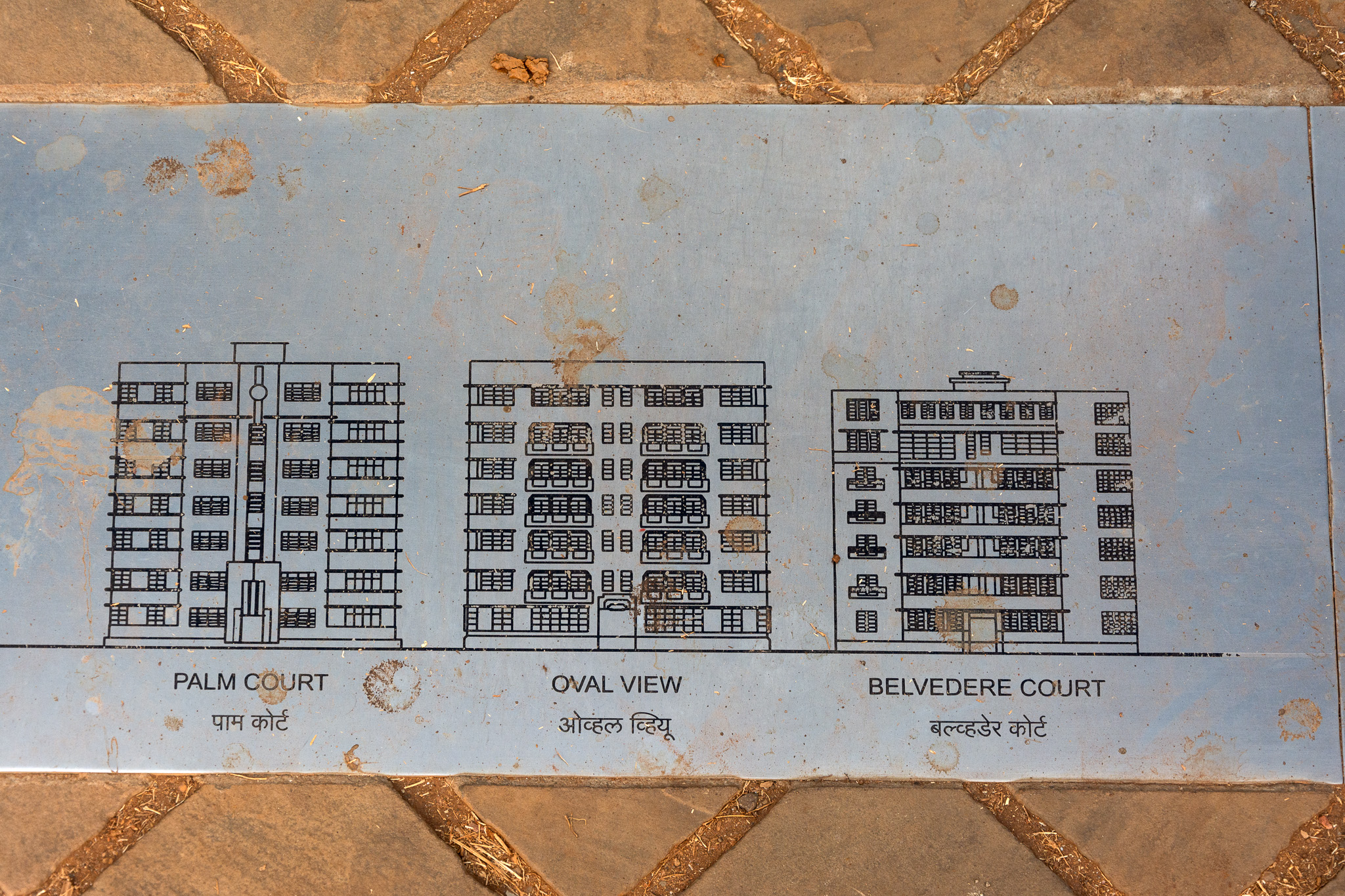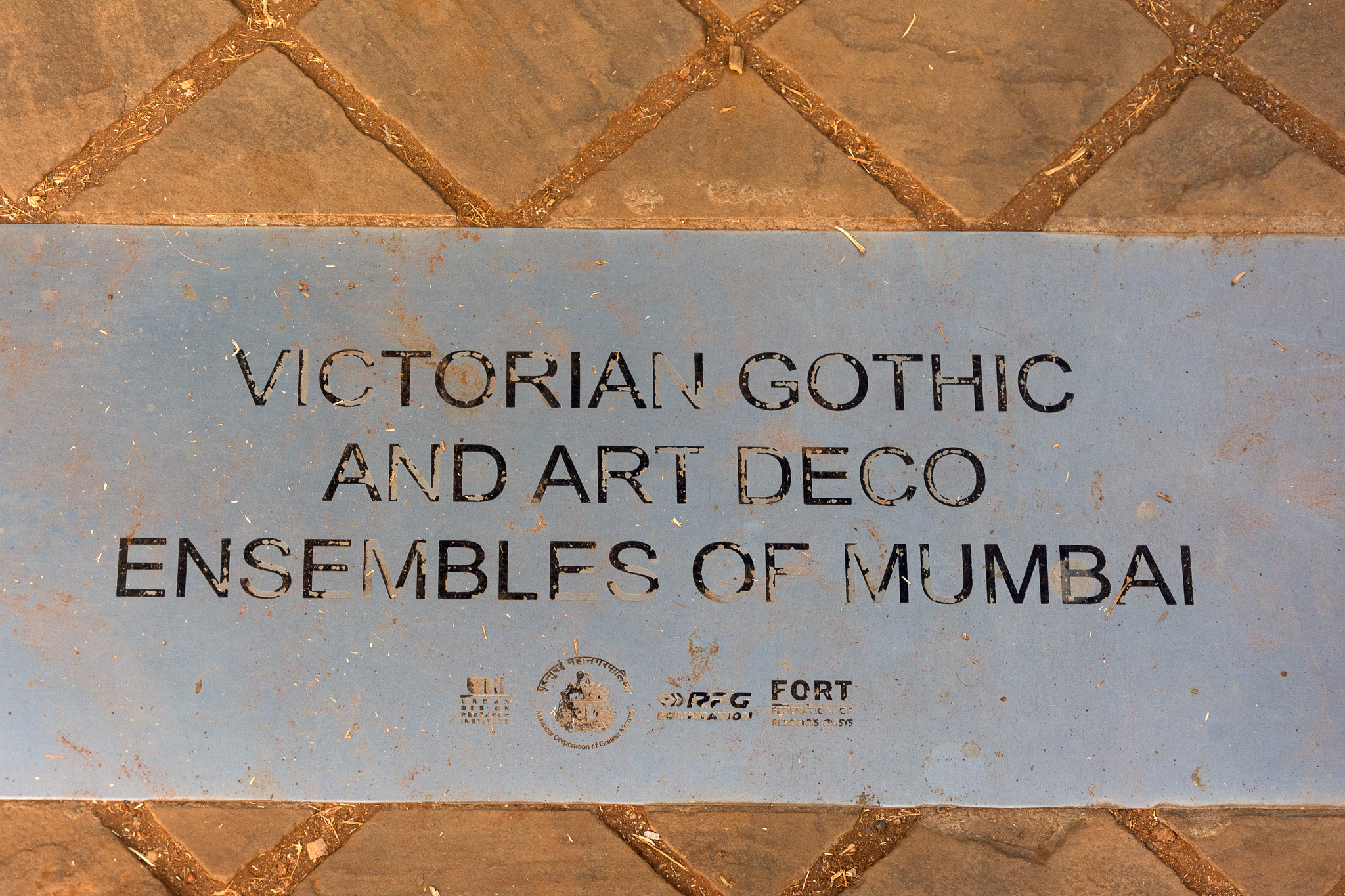Art Deco at Oval
The era after the 1920s in Bombay is known for the advent of Art Deco, which spread across the city and influenced every aspect of city life. The 'Exponential Internationale des Arts Decoratifs et Industriels Modernes' World Fair in Paris in 1925 gave Art Deco its name. It was a combination of both traditional and modern styles, introducing new forms of design in Bombay’s architecture. The Indian Institute of Architects (IIA) played a significant role in expanding the Art Deco movement in India, which held the first architectural exhibition called the ‘Ideal Home Exhibition’ in the Town Hall in November 1937, introducing the audiences to the world of Art Deco. Mumbai emerged as a centre for Art Deco, and in 2016, the Art Deco buildings surrounding the Oval Maidan in Churchgate received UNESCO World Heritage status, thereby solidifying Bombay's architectural legacy. However, Art Deco not only impacted the designs of Bombay's apartments and buildings, but it also inspired interior living spaces, introducing new and innovative ideas for furniture, lighting, bathroom fittings, and so on.
Entrance and lettering, Court View
The address of Court View is 126 Maharshi Karve Road, Churchgate. Court View was named after the Bombay High Court, which is visible across the Oval Maidan. Architects Maneckji Dalal and Merwanji Bana & Co. designed Court View, with additional designs by Gajanan Babu Mhatre, who joined as a consultant later.
Frozen Fountain motif, Court View
The Court View features a motif of a frozen fountain above the entrance porch. French glass designer René Lalique (1860–1945) widely popularized this motif, symbolizing eternal life, in the early 20th century.
Wave motif on porch railing, Court View
The court view features a geometric motif on the porch railing of the compound wall.
Frozen fountain motif on window grille, Court View
The motif of a frozen fountain adorns the window grille in the Court View. Architectural firm Merwanji Bana and Company introduced the frozen fountain, a defining feature in Mumbai's Art Deco ornamentation. Their work is also notable for its use of decorative stucco and glasswork on building facades.
Wave motif bas relief, Court View
The balcony at Court View features a bas relief depicting tropical imagery, specifically ocean waves.
Empress Court, 132 Maharshi Karve Road, Churchgate. The Mehta family bought the property in 1960 from a Parsi family. Currently, Empress Court serves as the residence of the fourth generation of the Mehta family.
Entrance and lettering, Empress Court
Entrance and lettering, Empress Court. Built in 1933-39, Empress Court was designed by architects Contractor and Kanga, with additional designs by Gajanan Babu Mhatre. Most of the residential buildings along Maharshi Karve Marg were designed by Indian developers and architects rather than British architects.
Window grille with tropical motif, Empress Court
Detail of window grille, Empress Court.
Metal grille with tropical imagery, Empress Court
The balcony grille in Empress Court features tropical imagery with sun, cloud, and wave motifs.
The central staircase in Empress Court features a zigzag glass panel. Round balconies symmetrically frame the tower on either side.
Detail of porch railing, Empress Court
The porch railing on the compound wall of Empress Court is detailed.
Fairlawn, 128 Maharshi Karve Road, Churchgate. A small group of Indian and British architects primarily designed the Art Deco buildings in Mumbai. They had studied architecture in the West but returned to India with accreditation from the Associates of the Royal Institute of British Architects (ARIBA).
Metal-cut out Avenida font used in lettering, Fairlawn.
Wave-motif on porch railing, Fairlawn
The porch railing of the Fairlawn compound wall features a wave motif. The Art Deco buildings along Maharshi Karve Marg are notable for their uniformity of form and design. For example, the use of porch railings is common in all the buildings, and they all have a low compound wall running along the front of the building.
Wave motif on window railing, Fairlawn
The window grille in Fairlawn features motifs of frozen fountains.
Curvilinear balconies, Fairlawn
Fairlawn features curved balconies on both sides of its central stairway. The balconies have a wavy band running along the bottom edge. This contouring element is typical of the Art Deco period and appears in several buildings along Maharshi Karve Marg. It is usually used on balconies and above the entrance porch.
Green Fields, 134 Maharshi Karve Road, Churchgate.
Curvilinear balconies, Green Fields
Green Fields features curved balconies that are streamlined on the upper floors. Art Deco buildings used streamlining to convey a look of sophistication and futurism.
Zigzag motif on vehicle gate, Green Fields
The compound wall in Green Fields features zig-zag motifs on the window grille and porch railing.
Boundary pillar with banding. Green Fields (right half) and Queen's Court (left half) share the pillar.
Ivorine, 154 Maharshi Karve Road, Churchgate. For lettering, the Agustea font is used.
Detail of entrance porch with sunburst beamed canopy and a wave motif band, ivory.
Motabhoy Mansion is named after Virendra Motabhoy, who purchased this property towards the end of 1943.
Motabhoy Mansion uses Llyod's geometric metal-cut lettering.
Wave motif on metal grille, Motabhoy Mansion
Motabhoy Mansion, 130 Maharshi Karve Road, Churchgate. The entrance has a wave-motif grille.
Frozen Fountain motif on porch railing, Motabhoy Mansion
Motabhoy Mansion's porch railing features a motif of a frozen fountain.
Detail of motifs on balcony, Motabhoy Mansion
Motabhoy Mansion's balcony features decorative geometric motifs.
The address is Palm Court, 152 Maharshi Karve Road, Churchgate. The architect is named Gajanan B. Mhatre.
Chevron motif and lettering, Palm Court
Palm Court uses an independent font and the chevron motif, an inverted V-shaped pattern with strong angular repetition.
Wave motif on window grille, Palm Court
The motif of a frozen fountain adorns the window grille in Palm Court.
Entrance and lettering, Queen's Court
The signage adorns the entrance porch of Queen's Court, located at 152 Maharshi Karve Road, Churchgate.
Curvilinear balconies, Queen's Court
Streamlined balconies with banding, Queen’s Court.
Wave motif on the porch railing, Queen's Court
Queen's Court features a frozen fountain motif on the window grille and geometric motifs on the porch railing.
The window grille in Queen's Court features a motif of a frozen fountain.
Curvlinear Corner, Rajesh Mansion
Rajesh Mansion, 140 Maharshi Karve Road, Churchgate. Architect Gajanan B. Mhatre built it, formerly known as 'Sorab Mansion.'
Golden lettering, Rajesh Mansion
The Broadway font, crafted from metal and polished in gold, serves as the lettering at Rajesh Mansion. The mansion, formerly known as Sorab Mansion, was designed by architect G. B. Mhatre in collaboration with Contractor Kanga & Co.
An eyebrow refers to the cantilevered ledge located above windows. Their main purpose is to block direct sunlight and shade the interiors. Architects used clusters of eyebrows to accentuate the rhythmic horizontality of buildings, including Rajesh Mansion.
The building is located at Rajjab Mahal, 144 Maharshi Karve Road, Churchgate. The building's lettering is a variation of the Playbill font, which is rounded and made of wood.
Zigzag wave frieze over entrance, Rajjab Mahal
Merwanji Bana & Co. designed Rajjab Mahal. The building is named after its owner, Dr. Rajjab Ali Patel.
Window grille detail, Rajjab Mahal
Rajjab Mahal's street level windows are animated by diagonal mullions.
Sunburst Motif on the balcony railing, Rajjab Mahal
Chevron motif on balcony grille and zigzag wave frieze in azure and green colour above the entrance, Rajjab Mahal.
Sunburst rays on window mullion, Rajjab Mahal
The design of the window, Rajjab Mahal, further echoes the bas relief panel with abstract geometric sunburst rays.
Shiv Shanti Bhuvan, 146 Maharshi Karve Road, Churchgate. Architect: Merwanji Bana & Co.
Sunburst motif on the balcony railing, Shiv Shanti Bhuvan
Shiv Shanti Bhuvan's balcony grille features geometric sunburst rays.
Chevron motif, Shiv Shanti Bhuvan
Shiv Shanti Bhuvan features a chevron motif, an inverted V-shaped design with a strong angular repetitive pattern.
Shiv Shanti Bhuvan uses a Roman serif variant font for his lettering.
UNESCO plaque at Shiv Shanti Bhuvan
In 2018, a UNESCO plaque at Shiv Shanti Bhuvan acknowledged the building's role in Mumbai's Victorian Gothic and Art Deco Ensembles.
Triple eyebrows, Shiv Shanti Bhuvan
Three semicircular eyebrows (a horizontal ledge extending outward above a window) emphasise the faceted corner at the intersection of Maharshi Karve Road and HT Parekh Marg, Shiv Shanti Bhuvan.
Glass panel on the central stairway, Shiv Shanti Bhuvan
A glass panel along the central stairway exhibits a sunburst motif, Shiv Shanti Bhuvan.
Swastik Court, 132 Maharshi Karve Road, Churchgate. Designed by the architectural firm Sykes, Patkar & Divecha. Varjiwandas Motilal Saraiya, the original owner, named the building ‘Swastika’, an auspicious symbol widely revered in several South Asian cultures.
The bas relief panels in Swastik Court showcase tropical fauna. The three-panel design on the front façade was originally made from concrete but had been plastered over during previous interventions. The latest restoration of the building revealed the three-panel design.
Curvilinear balconies, Swastik Court
The compound wall of Swastik Court features geometric designs on its porch railing.
Chevron motif on window grille, Swastik Court
The Swastik Court features curved balconies adorned with a chevron motif.
Lettering and entrance, Windsor House
The address of Windsor House is 138 Maharshi Karve Road, Churchgate. The architectural firm Gregson, Batley & King designed it.
Windsor House uses a wood-cut font for lettering. The building is named after the House of Windsor, the reigning royal house of the United Kingdom and the Commonwealth realms.
Curvilinear balconies, Windsor House
Windsor House features curvilinear balconies with projecting eyebrows, a horizontal ledge extending outward above a window.
Balustrade along compound wall, Windsor House.
Etching of Art Deco buildings along Maharshi Karve Marg
The elevation drawings showcase the Art Deco buildings located along Maharshi Karve Road. Queen's Court, Green Fields, Swastik Court, and Motabhoy Mansion are shown here. These were all built in the 1930s decade, during a flurry of building activity on land reclaimed from the Arabian Sea as part of the Back Bay Land Reclamation Scheme, which started in 1928.
Elevation drawings of Palm Court, Oval View, and Belvedere Court. The stretch of reclaimed land around Churchgate Station underwent planned development in the 1930s. Because of strict regulations, Maharshi Karve Marg has a dense concentration of Art Deco buildings, all built in uniform height and using common design idioms.
Victorian Gothic and Art Deco ensembles of Mumbai
UNESCO recognized the Victorian Gothic and Art Deco Ensembles of Mumbai as World Heritage sites in 2018. The Art Deco buildings lie along Maharshi Karve Marg, and they face the Victorian Gothic buildings across the Oval Maidan, which consist of the Public Works Department, Bombay High Court, University Library, and Convocation Hall.
